Sri Sarangapani Temple in Kumbakonam, Tanjore: Lord Vishnu with a Bow – one of the famous 108 Divya Desams, Lord Vishnu Temples – Visit, Temple Timings, History, Travel Guide (Updated)
– 3rd major divya desams temples of lord vishnu in south india
Kumbakonam is famously called the Spiritual and Temple town, as it has the presence of numerous temples around the location, showcasing the marvelous history of the Chola kingdom and its architecture. Kumbakonam is also one of the oldest cities in Tamil Nadu and is situated 37 km from Thanjavur District. The place has major Lord Shiva and Lord Vishnu temples, and the huge water tank known as the “Mahamaham Tank” – which is situated at the center of the Kumbakonam city and is famous for the “Mahamaham Festival” which happens once in twelve years.
Kumbakonam is also famous for its traditional textiles, filter coffee – called the Kumbakonam degree coffee, bronze casting, and jewelry making it one of the major commercial and craft centre in Tamil Nadu.
Sri Sarangapani Temple, Kumbakonam – the Lord Vishnu with a Bow:
The famous Saranagapani Temple is dedicated to Lord Vishnu and is located at Kumbakonam in the Tanjore district of Tamil Nadu on the banks of River Cauvery. Among the 108 Divya Desams, the Sarangapani Temple is the 3rd most revered temple after The great Srirangam Temple and the Tirupati Temple. It is also the Pancha Ranga Khestras – one of the five sacred temples dedicated to an avatar of Lord Vishnu.
Usually, in all Vaishnava temples, the Lord Vishnu – Perumal is seen carrying a conch and a wheel in his hands. But at the Sarangapani temple, Lord Vishnu has a bow called “Sarangam” in his hands, so the lord’s name is derived as Sarangapani – “one who has the bow in his hand” in which the Sanskrit word “Sarangam” – means bow of Vishnu and “Pani” – means hand.
Lord Sarangapani blesses the devotes in his reclining form under the vaideeka vimana tower above the sanctum sanctorum. Lord graces from the sanctum sanctorum along with Mother Koamalavalli daughter of Sage Hemarishi and Mother Mahalakshmi. Lord is in Udhyoga Sayana posture, which means the Lord Vishnu appears as though he is getting up from his sleeping position, while Lord Brahmma is found above his naval and Sun on the head side.
History of Sri Sarangapani Temple:
The sage Hema Rishi is said to have undertaken a severe penance in order to receive Goddess Lakshmi as his daughter. Lord Vishnu who was impressed by his penance, fulfilled his wish. “Komalavalli” was the name given to Goddess Lakshmi after she was born out of a lotus in the Potramarai Tank.
Lord Vishnu descended to earth as “Aravamudhan” in a chariot drawn by horses and elephants from his abode Vaikuntam. He stayed in the nearby Someswaran Temple to convince Lakshmi to marry him and the couple eventually got married. Hence, the temple pond Potramarai Tank is held in high regard.
Sarangapani Temple is the very oldest temple in Tamil Nadu. Three significant South Indian dynasties, notably the Cholas, Vijayanagar, and Nayaks, have influenced the temple’s architecture. As a result, it has a fantastic mix of architectural styles.
This largest Sarangapani Temple was erected between the 13th and 17th centuries. The Sarangapani Temple existed during the Pallava period. However, the current structure is attributed to the period of Vikrama Chola and it was renovated during the period of Nayaks. Later Cholas built the superstructure of the 11 tiered gopurams, and the tower was actually completed by the Vijayanagar rulers. As the Lord Vishnu came here in a Rath – a four-wheeled carriage drawn by horses to marry the Goddess Lakshmi, the temple is said to be constructed in the shape of a rath.
The central shrine of the temple is in the form of a chariot drawn by horses and elephants, with openings on either side, showing the descent of Sarangapani from heaven in the chariot. The Presiding deity is Sri Sarangapani Swami and he is also known as “Aarava Amudhan” – which means endless or ceaseless nectar. The consort of this temple’s Lord Vishnu is Komalavalli Thayar.
The Sarangapani Temple comprises the eleven tiered Raja Gopuram, which has a height of 173 feet, and five other small gopurams. This temple is said to be the third tallest temple gopuram among the Divya Desams, while the other two are Srirangam temple – 236 feet and Srivilliputhur – 192 feet.
The central shrine of the temple houses the Sarangapani in pallikonda posture, with his head resting on his right hand. There are two stepped entrances to the sanctum named “Utharayana Vaasal” and “Dhakshanayana Vaasal”, each of these entrances is open for a six-month period. From 15 January to 15 July, Utharayanya Vaasal is opened while the Dhakshanaya Vaasal is opened during the other half of the year. It is believed that passing through the Uthirayana and Dakshinayana entrances is the same as entering the Sorgavasal.
In the sanctum, there is a beautifully carved out 12 pillared mandapa going by the Tirumamani mandapam reminiscent of the similar Mandapa at Sri Vaikuntham, so this temple is called the Bhuloka Vaikuntha like Srirangam. The Potramarai Temple Tank is near the Western entrance. The Potramarai tank has a central hall called Hemarishi Mandapam. The sculptures of Narasimha Avatar are beautifully set around the sanctum sanctorum.
Pancharanga Kshetrams :
The Sarangapani Temple in Kumbakonam is one of the Pancharanga Kshetrams – the Five Vishnu Temples located on the banks of the Cauvery river. The other four temples are Srirangapatna Ranganathaswamy Temple, Srirangam Temple, Appalarangam in Tiruppernagar, Parimala Ranganatha Perumal Temple in Mayiladuthurai and Vatarangam in Sirkazhi as the fifth temple.
Significance of Sri Sarangapani Temple :
Lord Santhana Krishnan blesses the devotees in a shrine before the sanctum sanctorum. On the Vaikunta Ekadasi day in December – January, the majority of Divyadesa temples have Sorgavasal open. As the Perumal at this temple comes directly from His Vaikunta Divyadesa to this Divyadesa. So worshipping Lord Sarangapani would take his devotees to salvation – Moksha.
Lord Perumal’s rests at the Uddhana Sayana positions at this Kumbakonam Sarangapani temple. Perumal is also known as Aravamudha Azhwar in the temple as he was was instrumental in the compilation of the Nalayaira Divya Prapandam, which contains 4000 lines about Perumal’s splendor.
Kumbakonam Lord Sarangapani has 7 Azhwar’s Mangalasasanams, while the Srirangam has 11 Azhwar’s Mangalasasanams and the Tirupathi Venkatachalapathi has 10 Azhwar’s Mangalasasanams
Goddess Komalavalli was born in the town of Kumbakonam. The place thus is revered as the Avatara Sthala, the birthplace of Goddess Komalavalli-Lakshmi. Following their wedding, Lord Vishnu is said to stay with his consort in his mother-in-law’s home. Sri Komalavalli Thayar is called “Padi Thanda Pathini” – which means who would never leave away from her chamber. The Gomatha Puja – puja to the cow is performed in the Komalavalli Thayar shrine. Pujas to Lord are offered only then.
The Vaideeka Vimanam of this temple is considered to be an offshoot of the Srirangam Pranava vimanam, and a replica of the vimanam presented to Vibishana of Sri Lanka by Lord Rama. A set of footprints outside prakaram temple’s enclosure are worshipped by the devotees as representatives of Lord Vishnu.
The Sarangapani temple is an architectural masterpiece, most colorful and striking eleven gopurams which is a major attraction of this temple. This huge temple tower – gopuram depicts the sculptures showing the ten incarnations of Lord Vishnu, some of the scenes of lovemaking, series of horses, and elephants with armed soldiers. The Bharatnatyam dance movements – some of the 108 karanas are sculpted into the temple’s walls. Brihadeeswarar Temple in Thanjavur and Nataraja Temple in Chidambaram both have similar sculptures.
Temple Festivals at Sri Sarangapani Temple :
The temple has six daily rituals at various times from 5:30 AM to 9 PM, and twelve yearly festivals on its calendar. The chariot festival is the most prominent festival of the temple, celebrated during the Tamil month of Chitthirai – between the March – April Month.
There are two wooden chariots with a well-carved base in front of the temple used for the chariot procession during the month of January and April. The rath yatra of the temple also is famous for its high artistic beauty called Chithira Ther. Saint Tirumangai Azhwar calls this Rathabandham. The twin temple chariots are the third-largest in Tamil Nadu, each weighing 300 tons.
Brahmotsavam, the spring festival, and Navaratri are the other important festivals of this temple. Mahamaham Festival, Deepavali, Akshay Tritiya, Ratasaptami, Brahmotsavam are also some of the important festivals at this temple.
The temple organizes Vishnu Sahasranamam classes daily at 6 pm.
Travel Guide to visit Sri Sarangapani Temple in Kumbakonam, Tanjore
Address : Arulmigu Sarangapani Temple, Valayapettai Agraharam, Kumbakonam, Thanjavur(Dt), Tamil Nadu 612001.
Phone: 0435 243 0349 / 9443524529
Entry Fee: Free
Moolavar: Sarangapani, Aravamudhan (Vishnu)
Amman / Thayar : Komalavalli
Theertham : Hemavalli Pushkarini, Cauvery and Arisil Rivers
Year : 1000-2000 years old
Sri Sarangapani Temple Timings at (Updated Timings):
Morning – 7:00 AM – 12:00 PM
Evening – 5:00 PM – 9:00 PM
The temple organizes Vishnu Sahasranamam classes daily at 6:30 pm.
How to Reach Sri Sarangapani Temple in Kumbakonam, Tanjore :
On-Road: Sarangapani Temple is at center of the town Kumbakonam, and the town is well connected by road networks. There are regular bus services from many important cities of south India Chennai, Coimbatore, Tiruchirapalli, Karaikal, Pudukkottai, Madurai, Tirunelveli, Mayiladudhurai, Pattukkottai, Bangalore, Ernakulam, Ooty, and Mysore.
Nearest Airport: The nearest airport is Tiruchirappalli International Airport (TRZ) which is 100 Km away from the temple.
Nearest Railway Station: The nearest railway station is the Kumbakonam railway station ( station code – KMU) at a distance of 2 km.
Check out and enjoy our photo captures of Sri Sarangapani Temple in Kumbakonam, Tanjore.
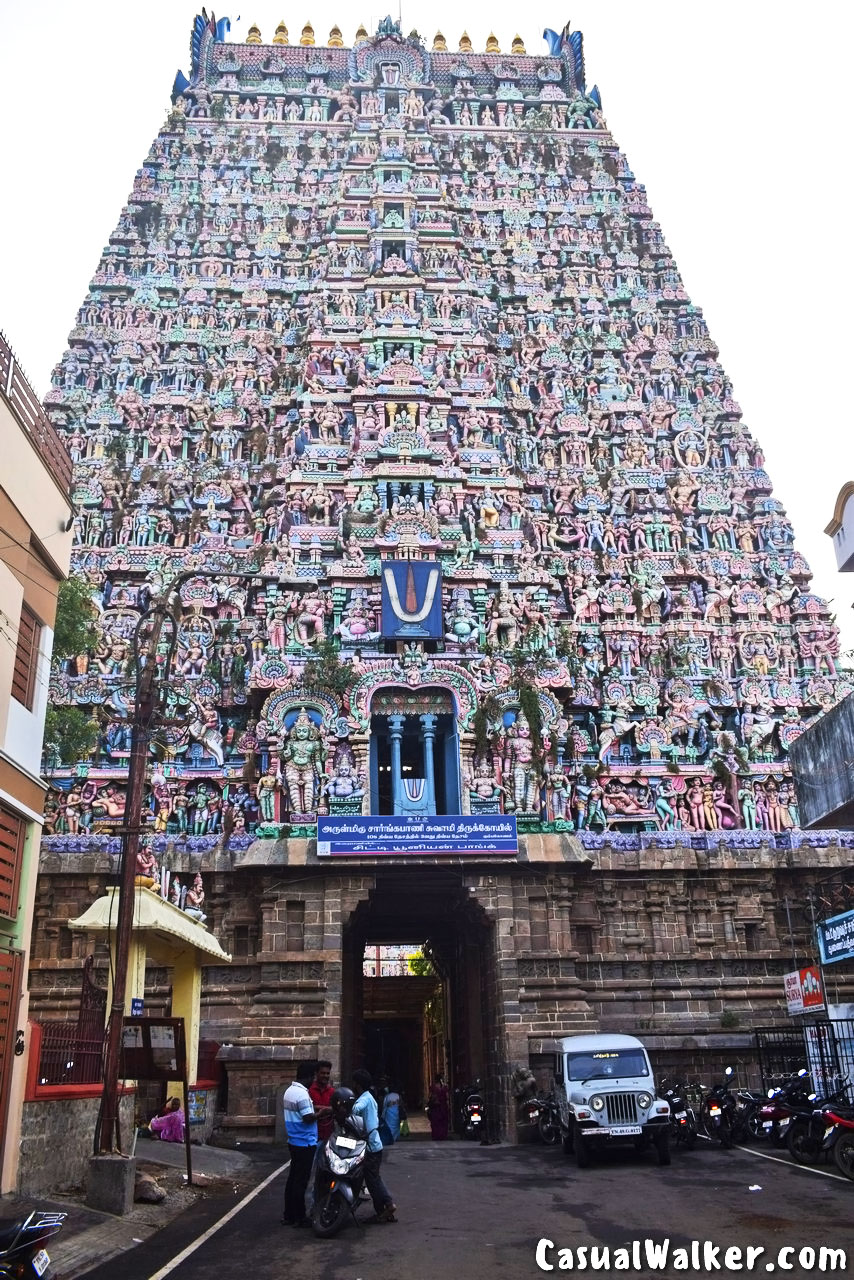
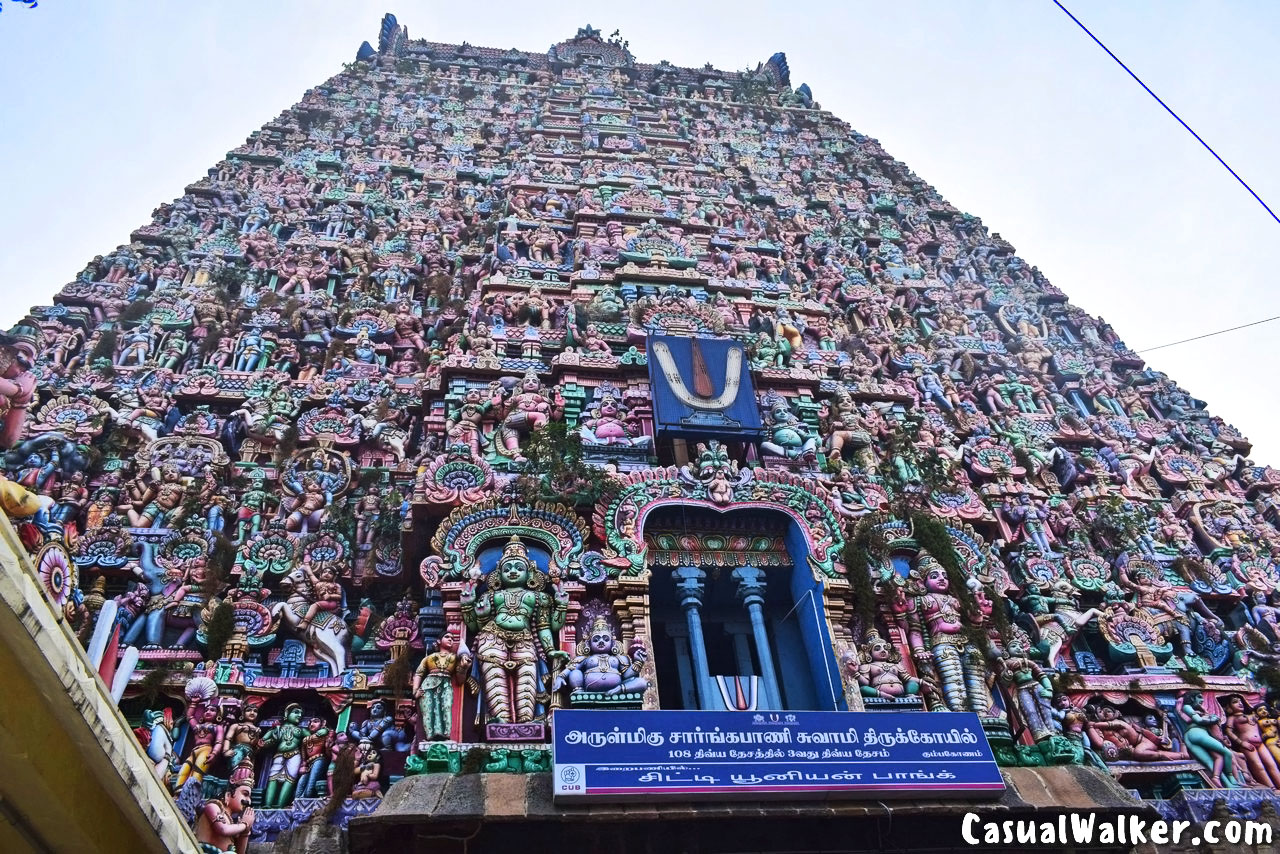
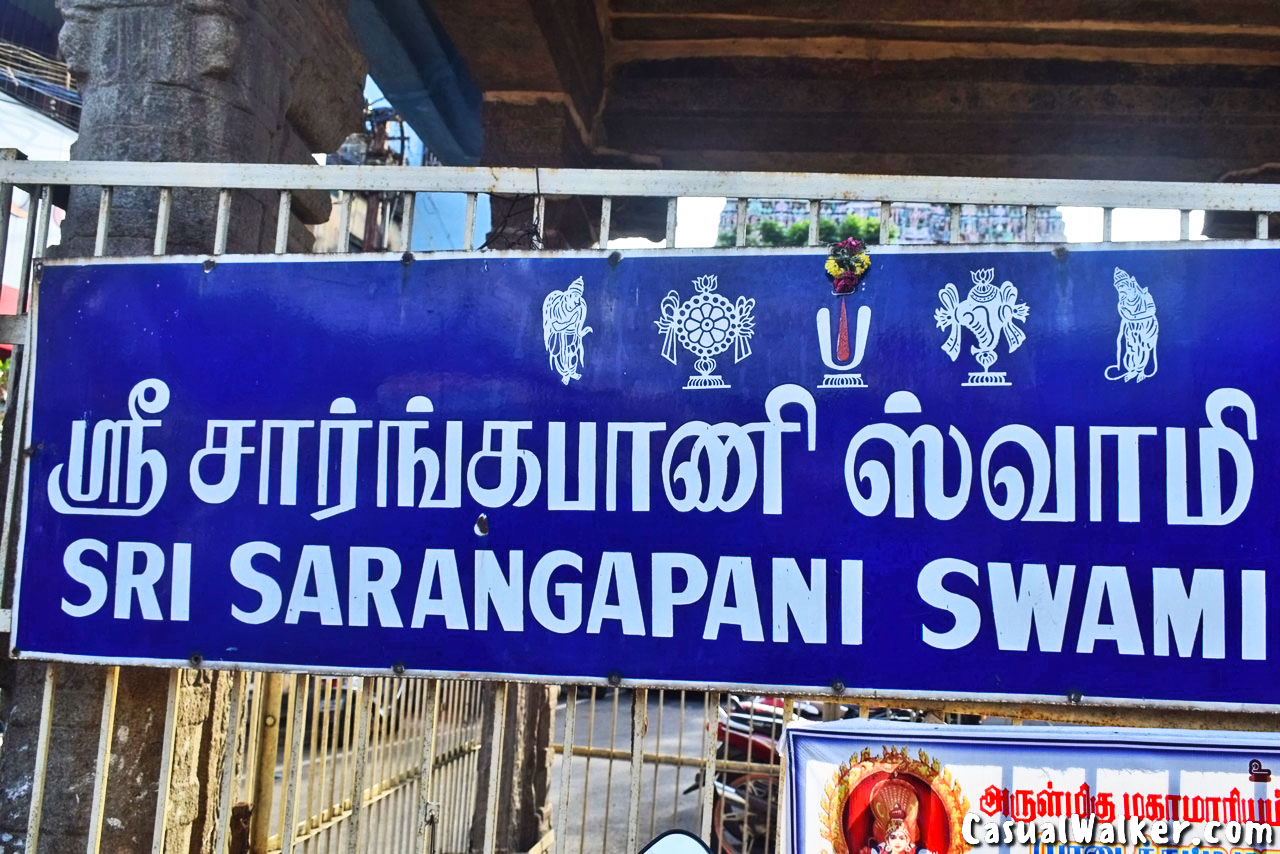
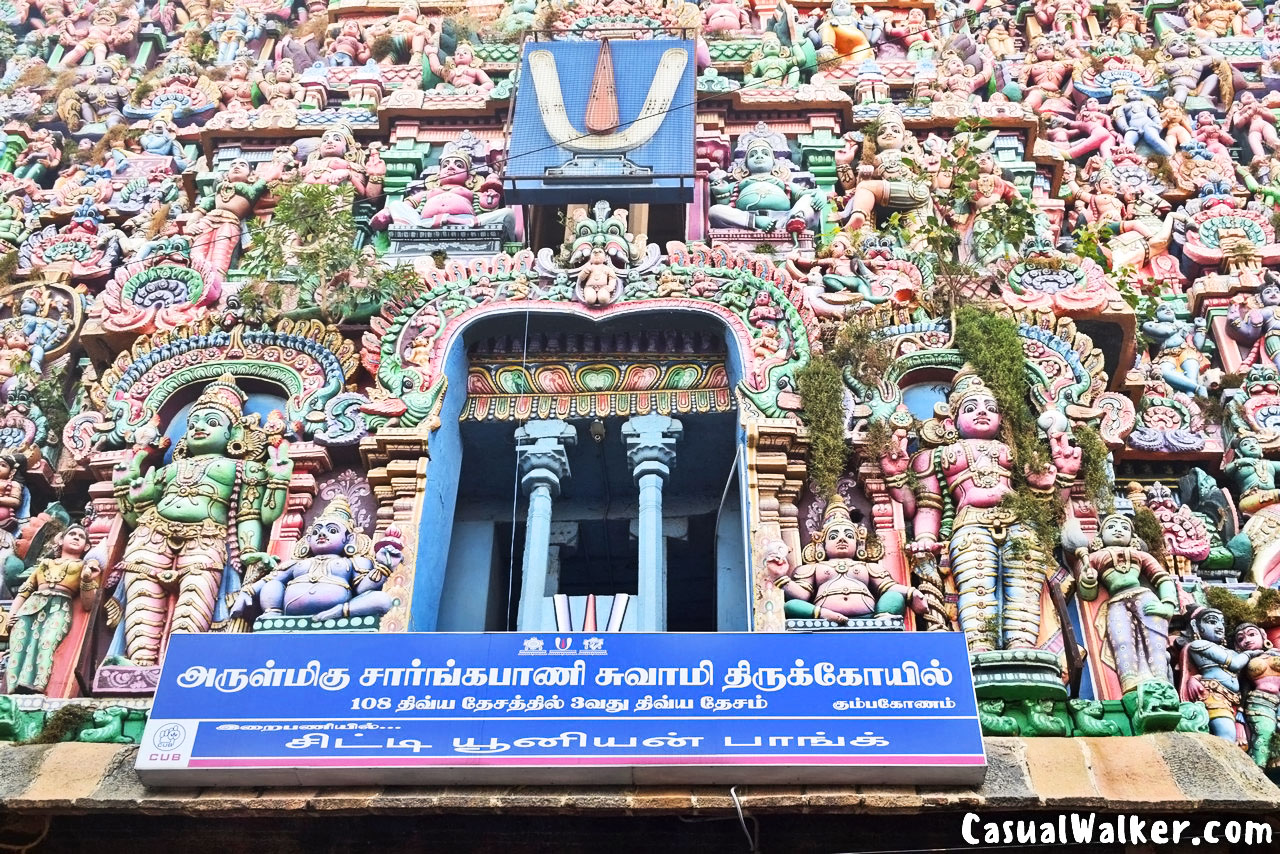
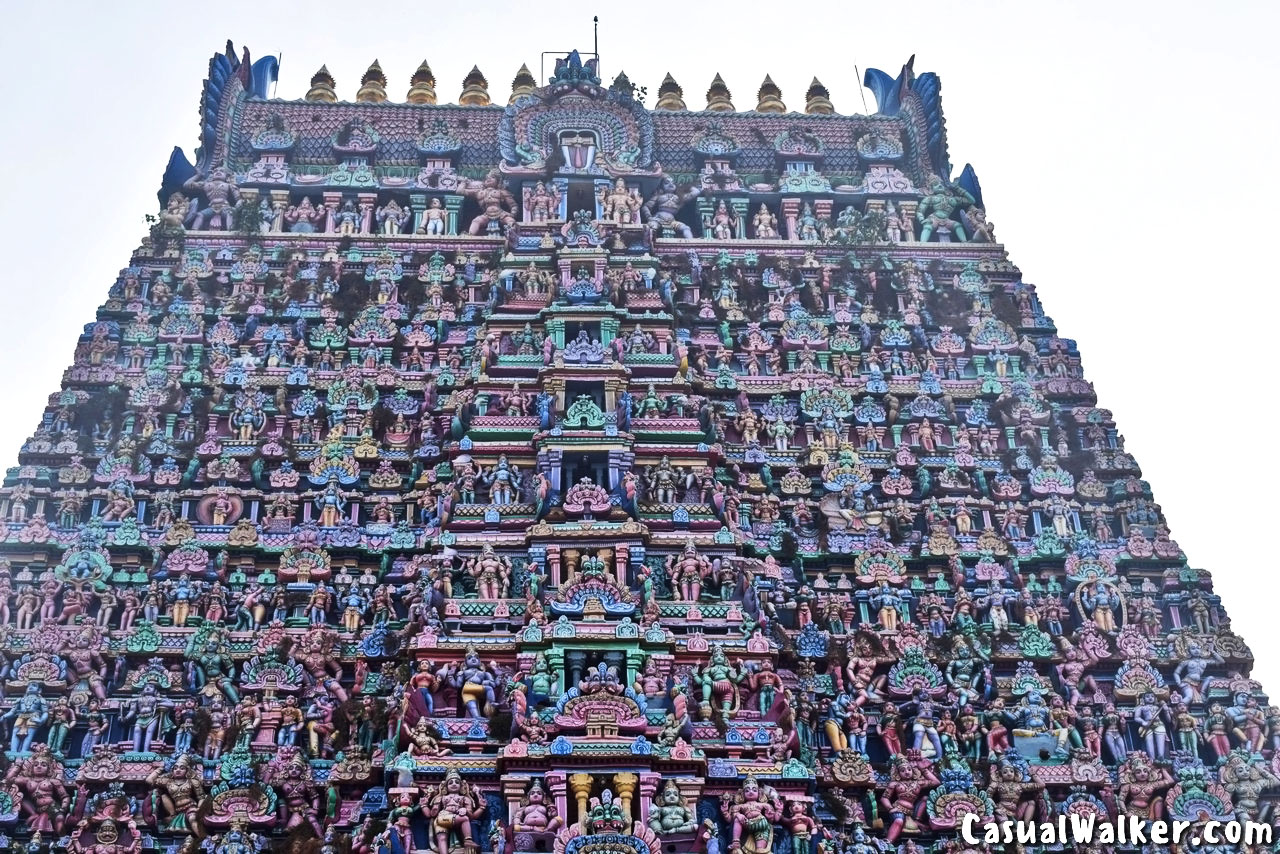
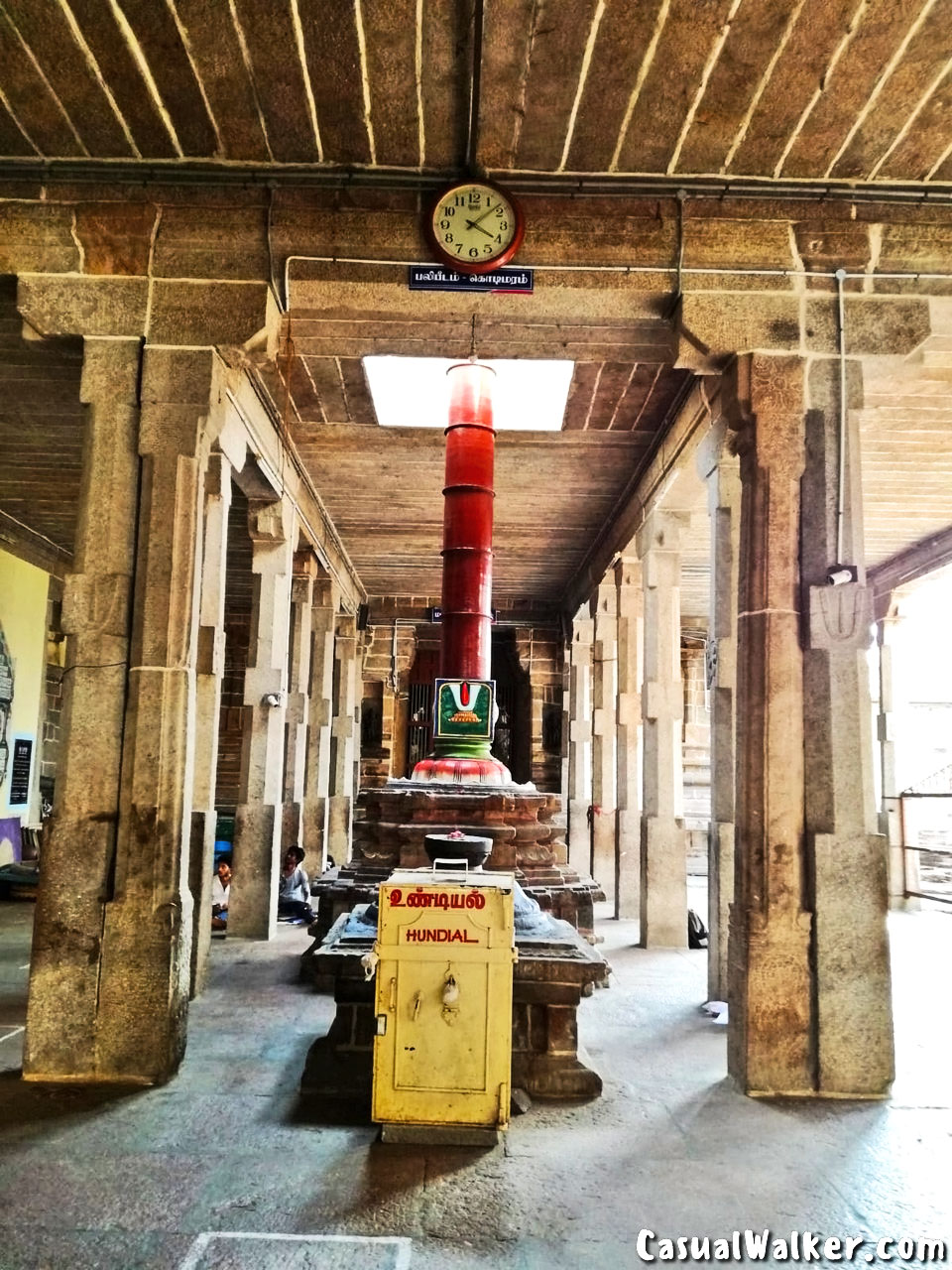
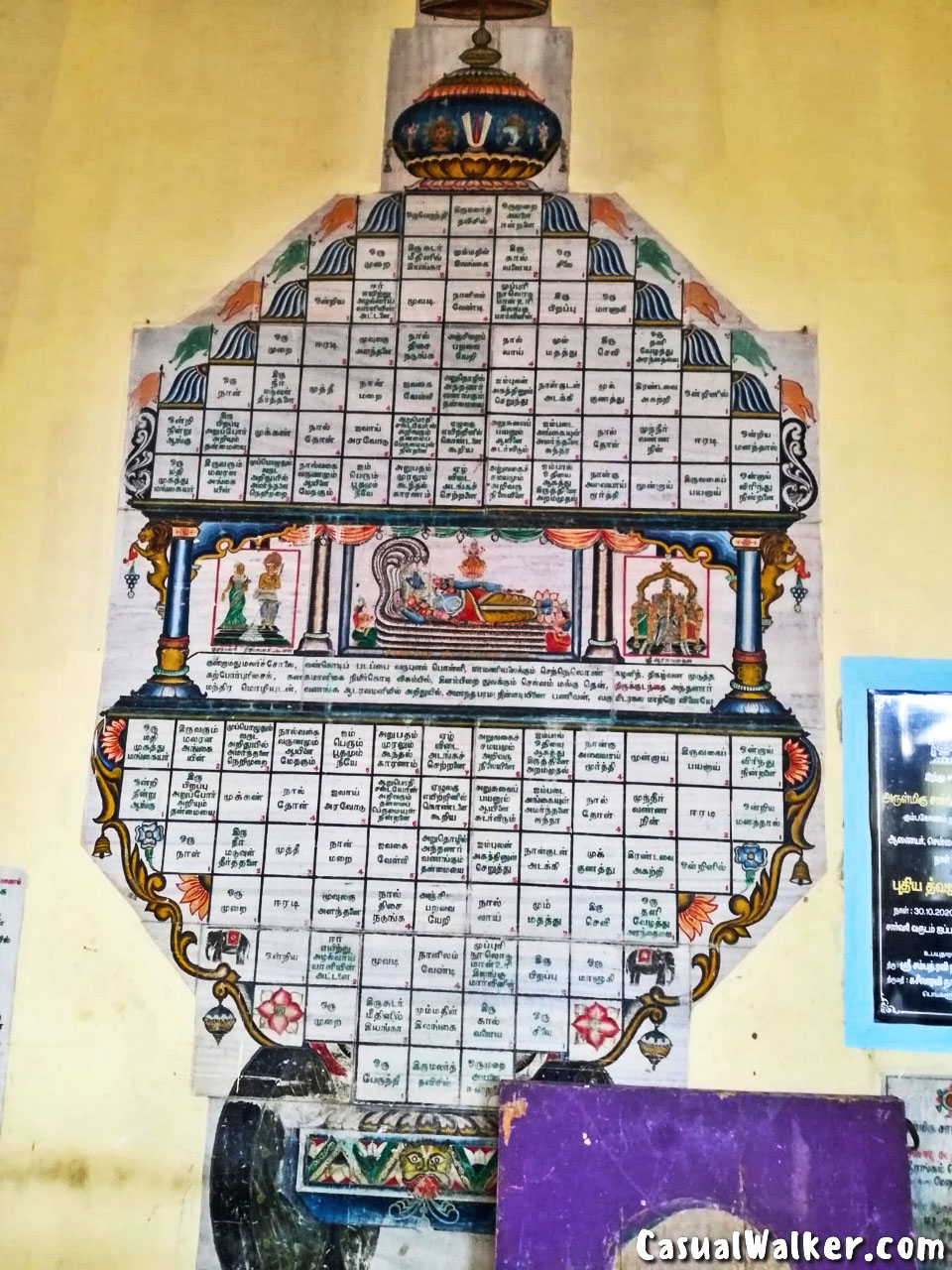
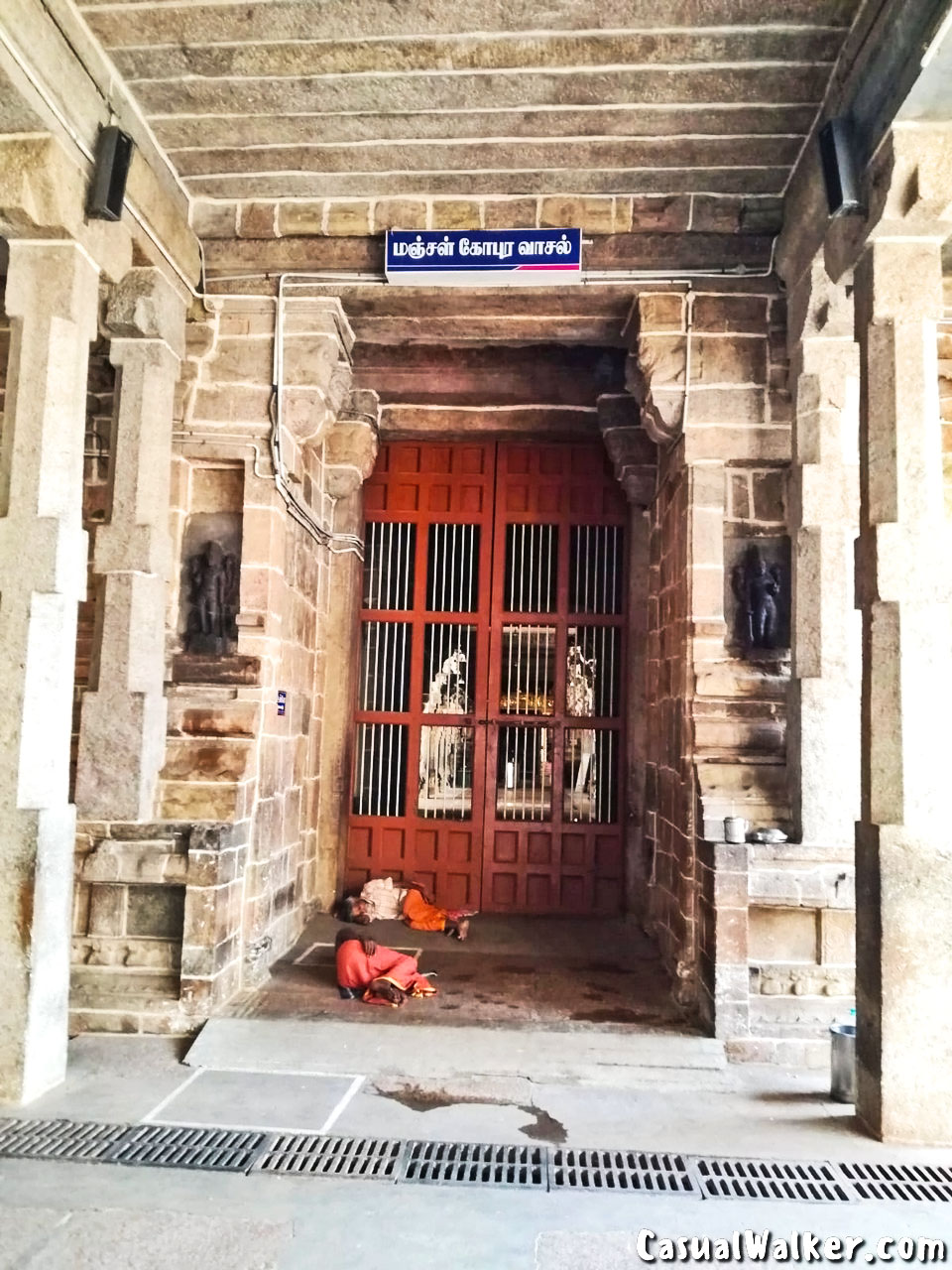
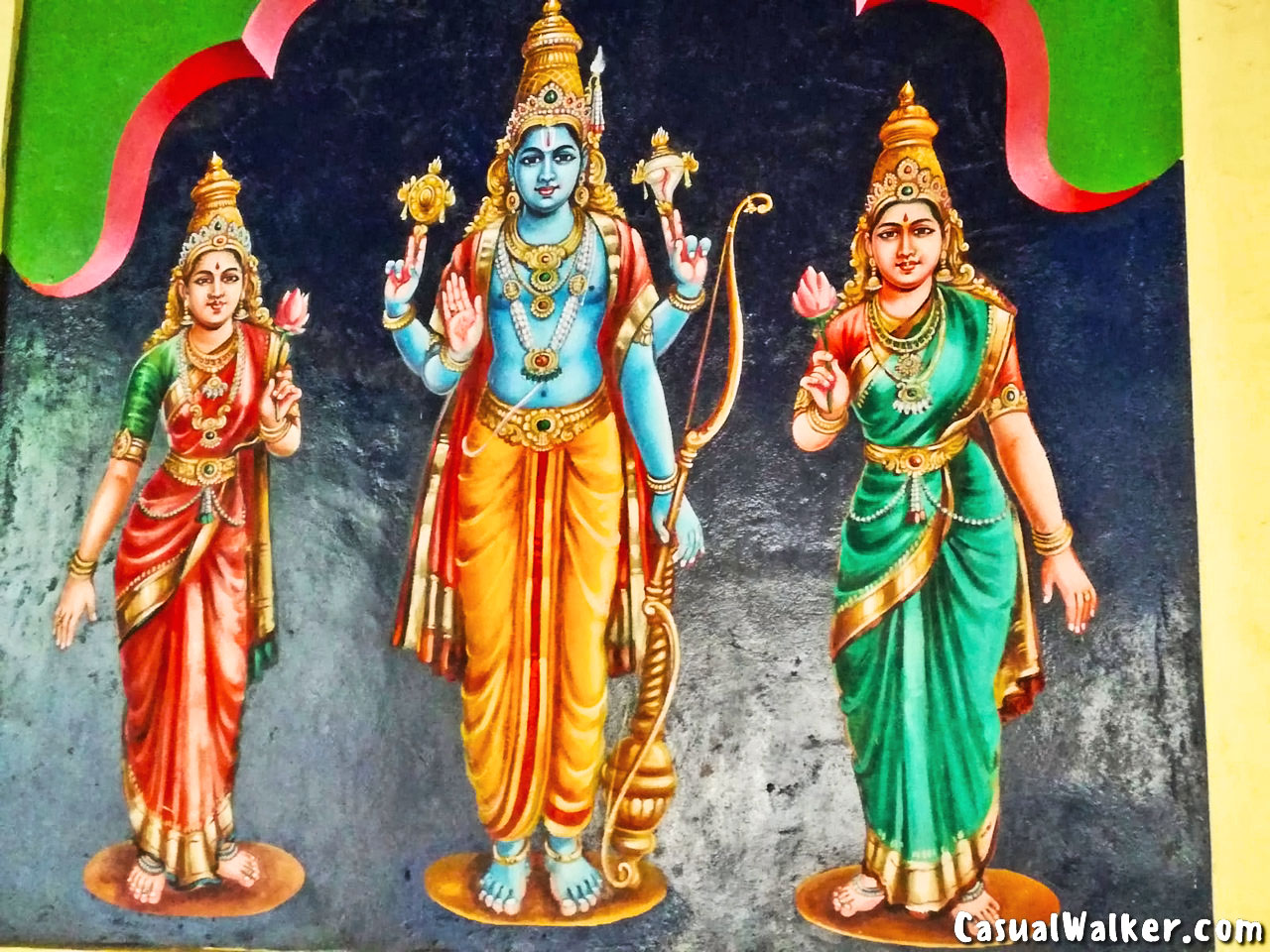
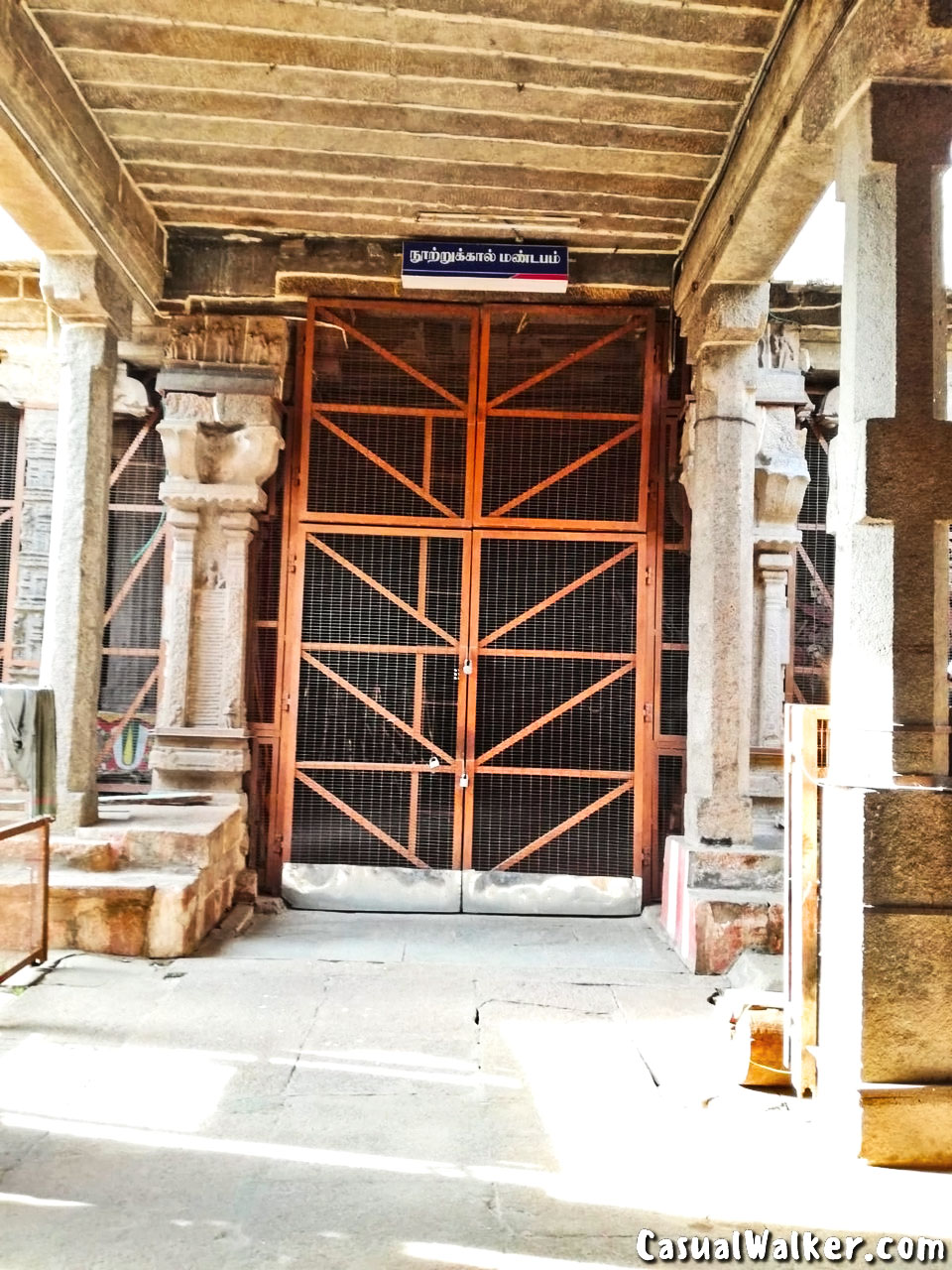

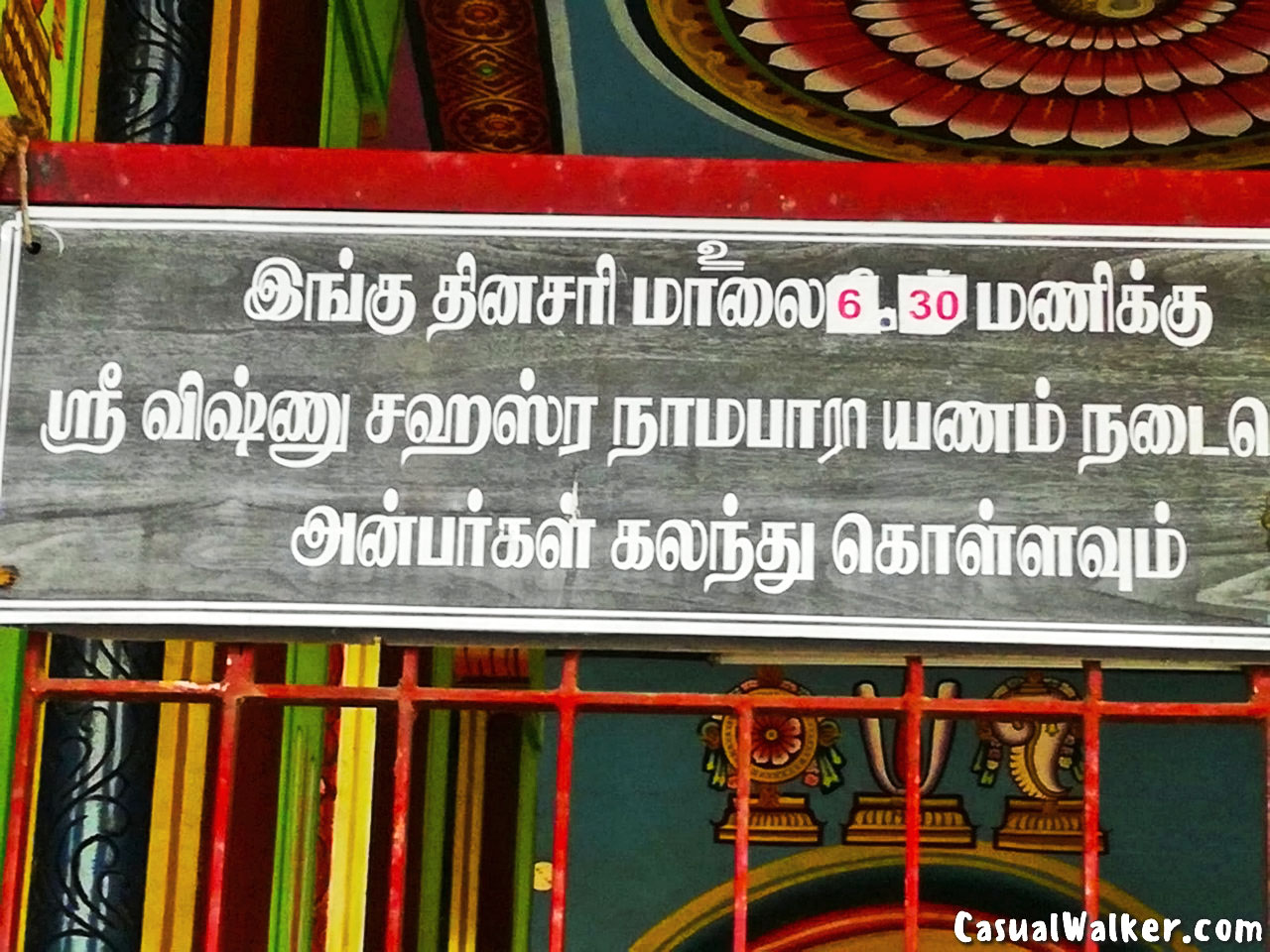
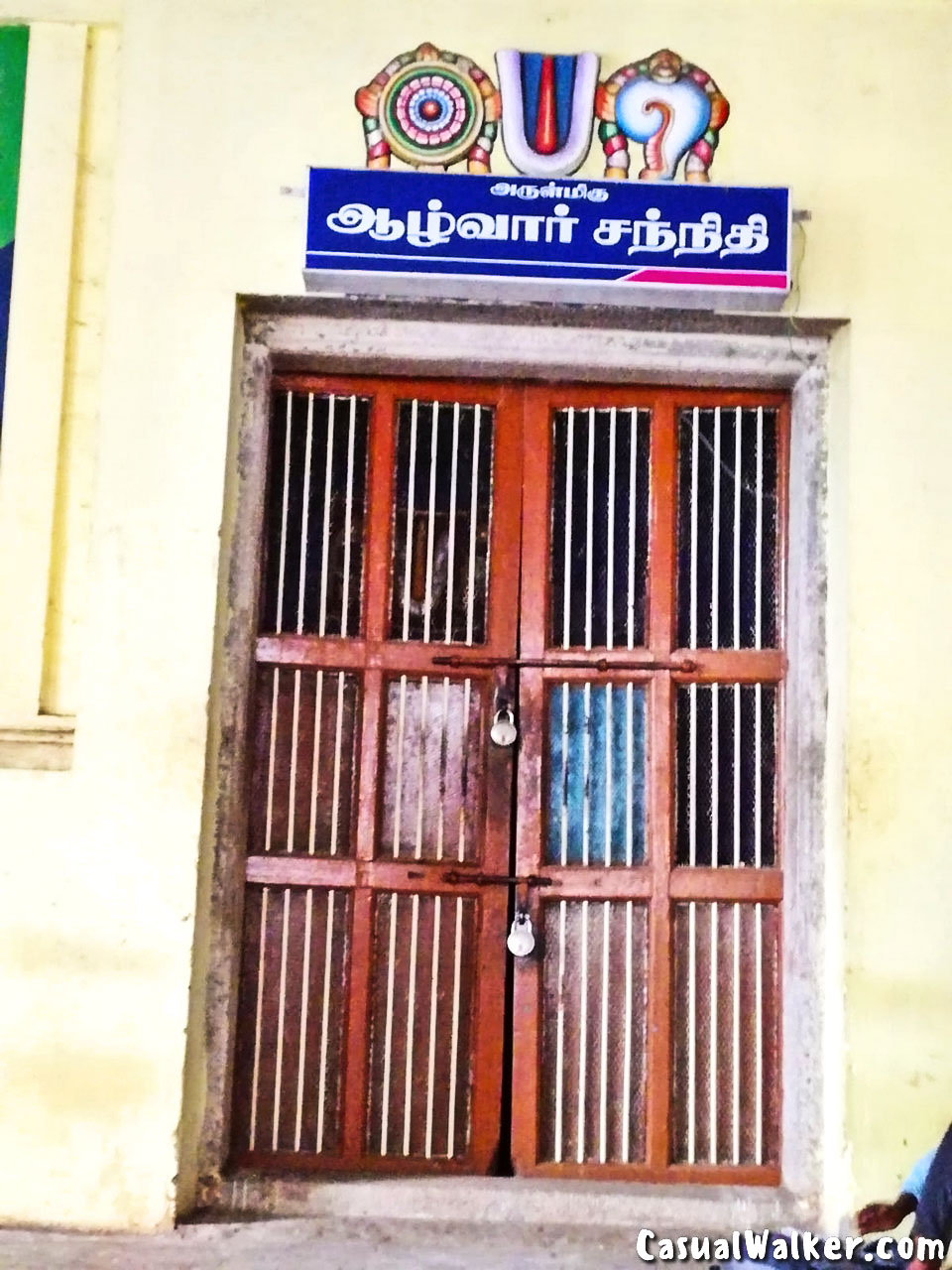
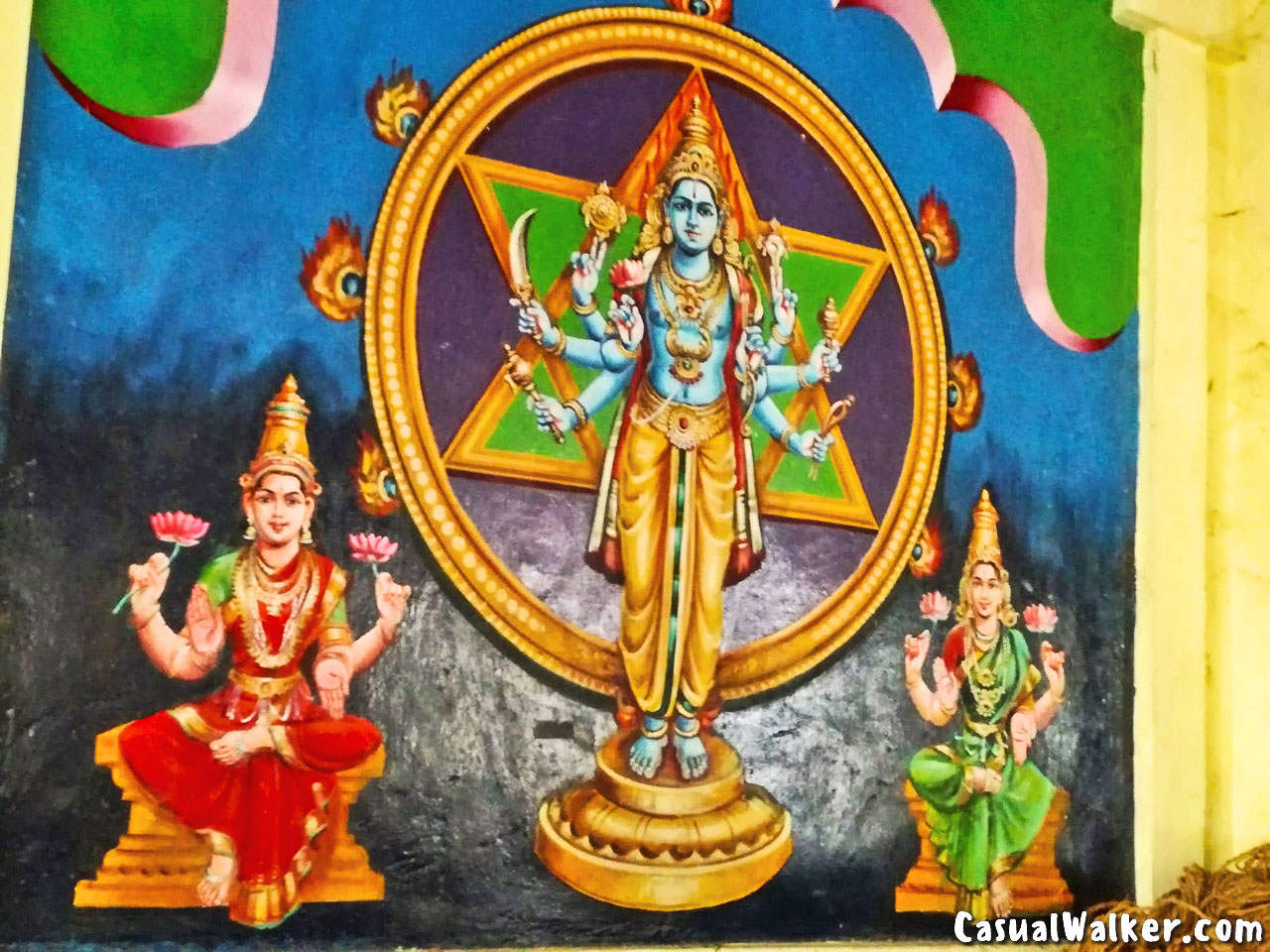
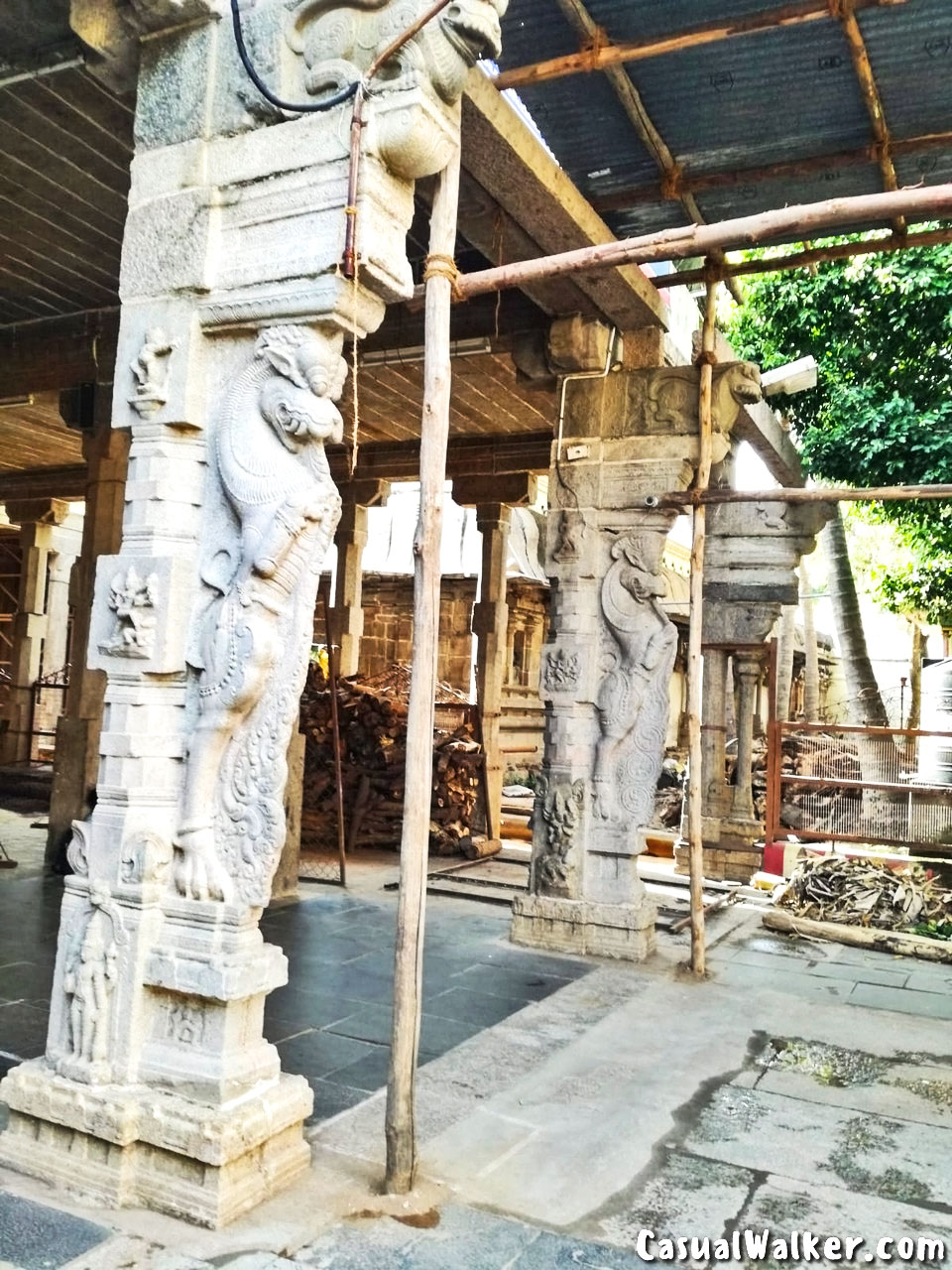
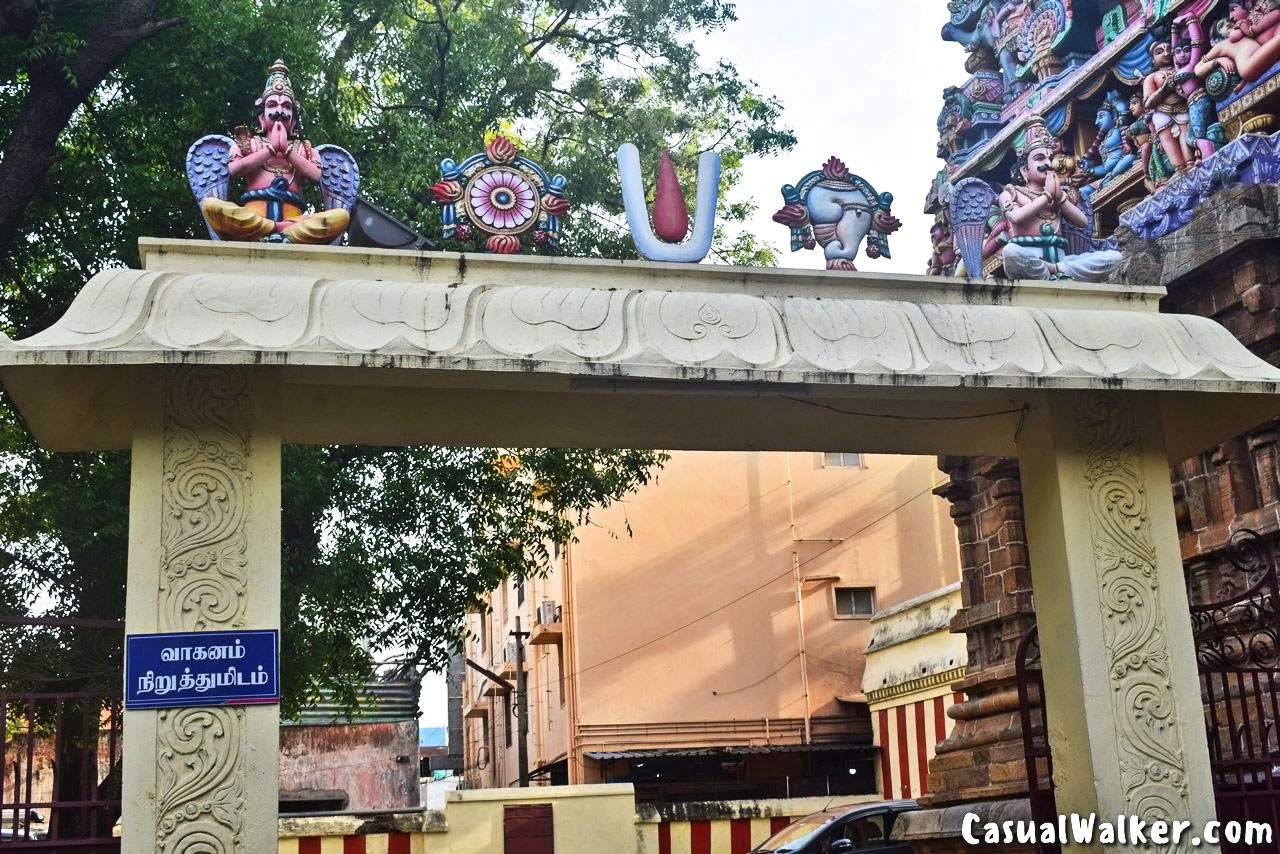
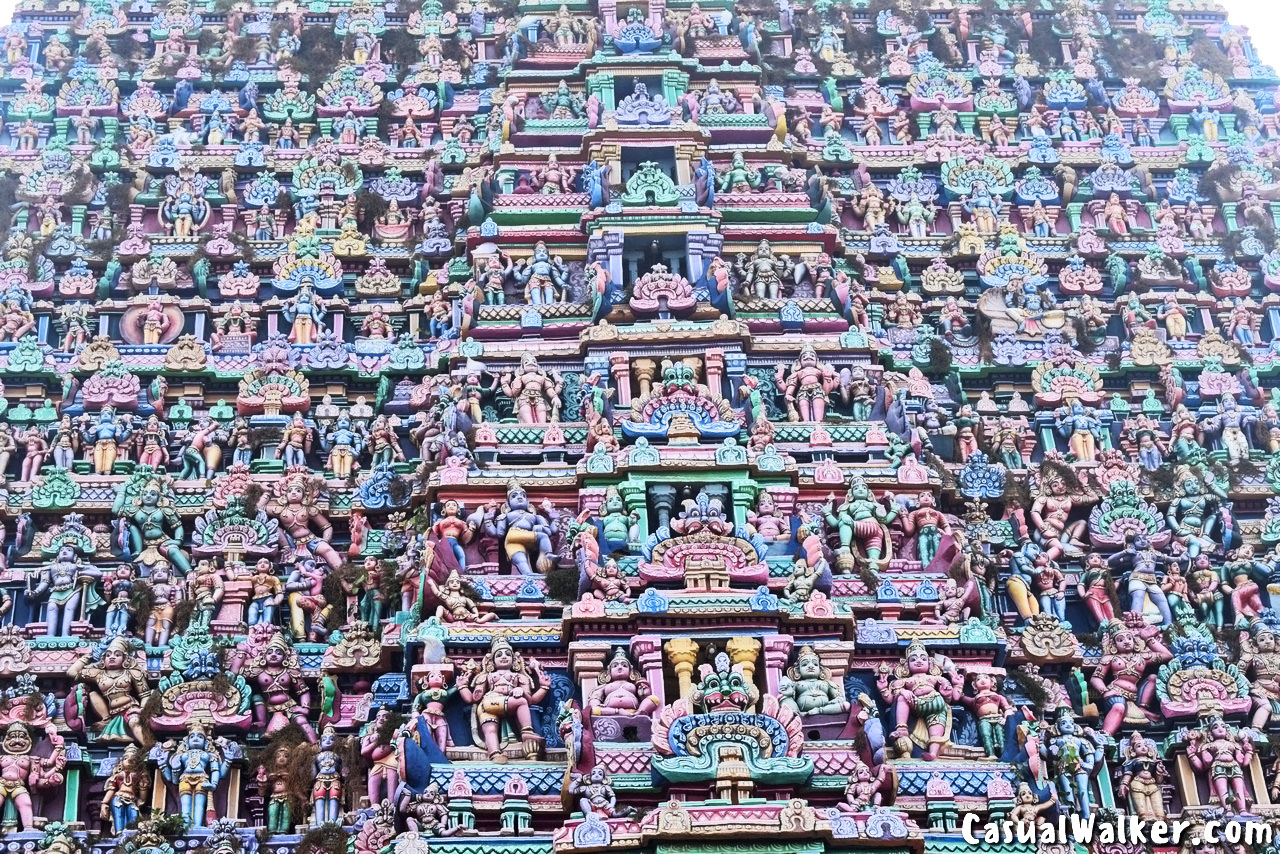
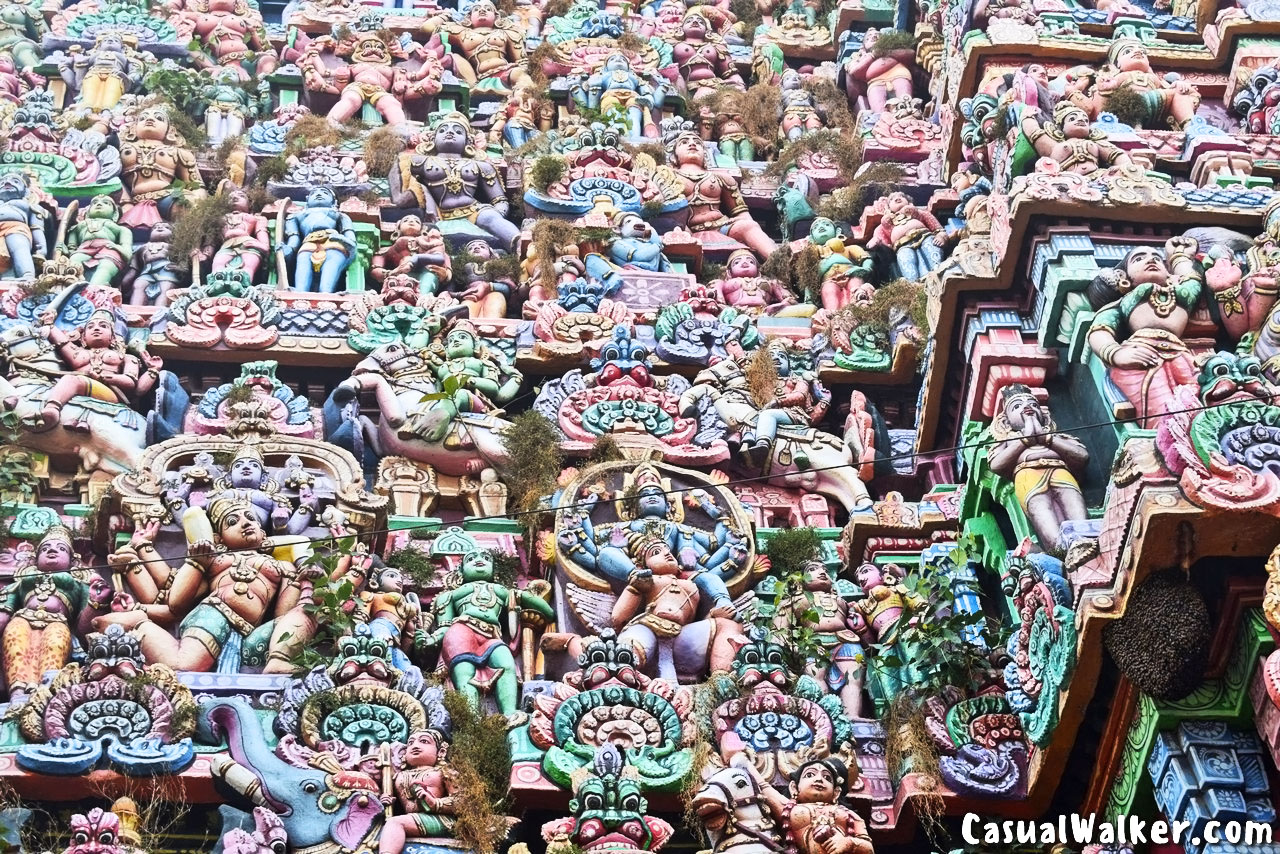
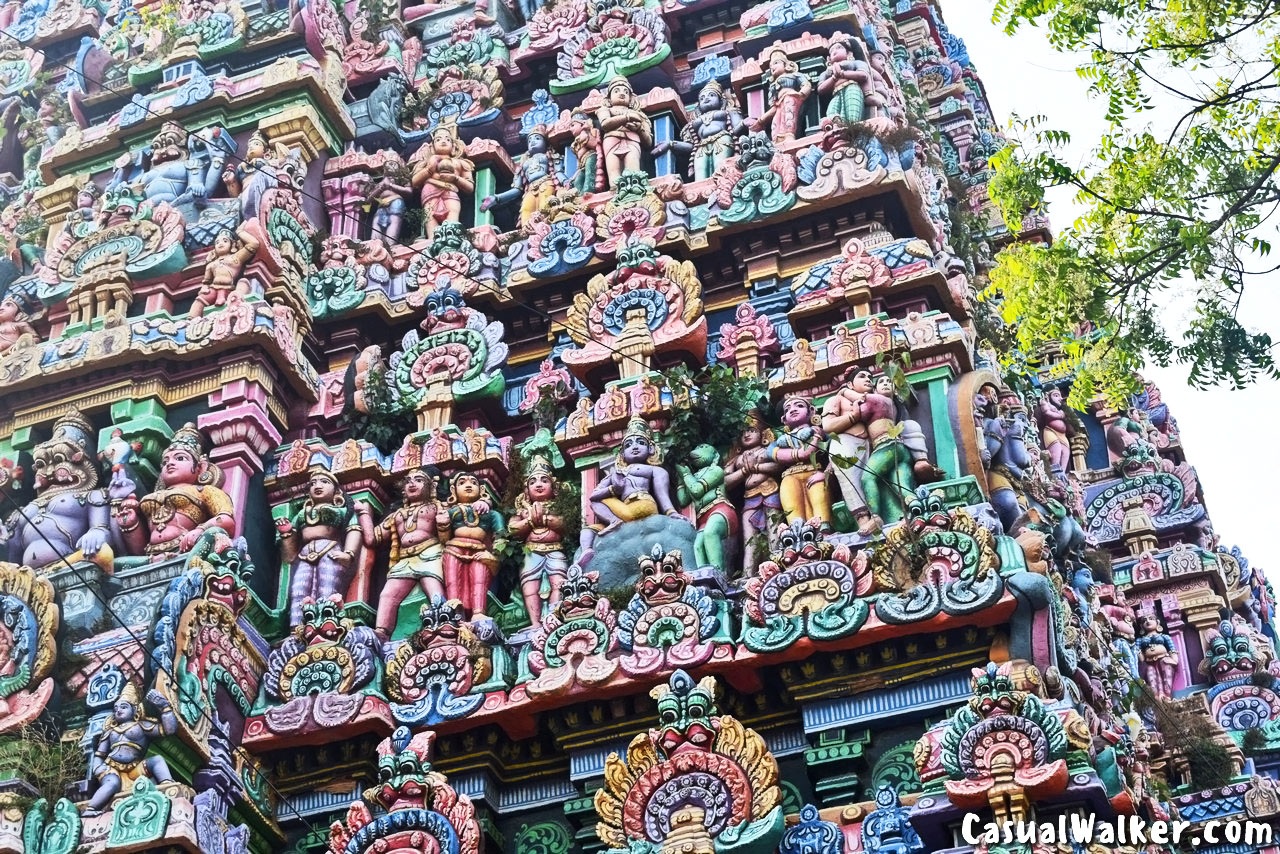
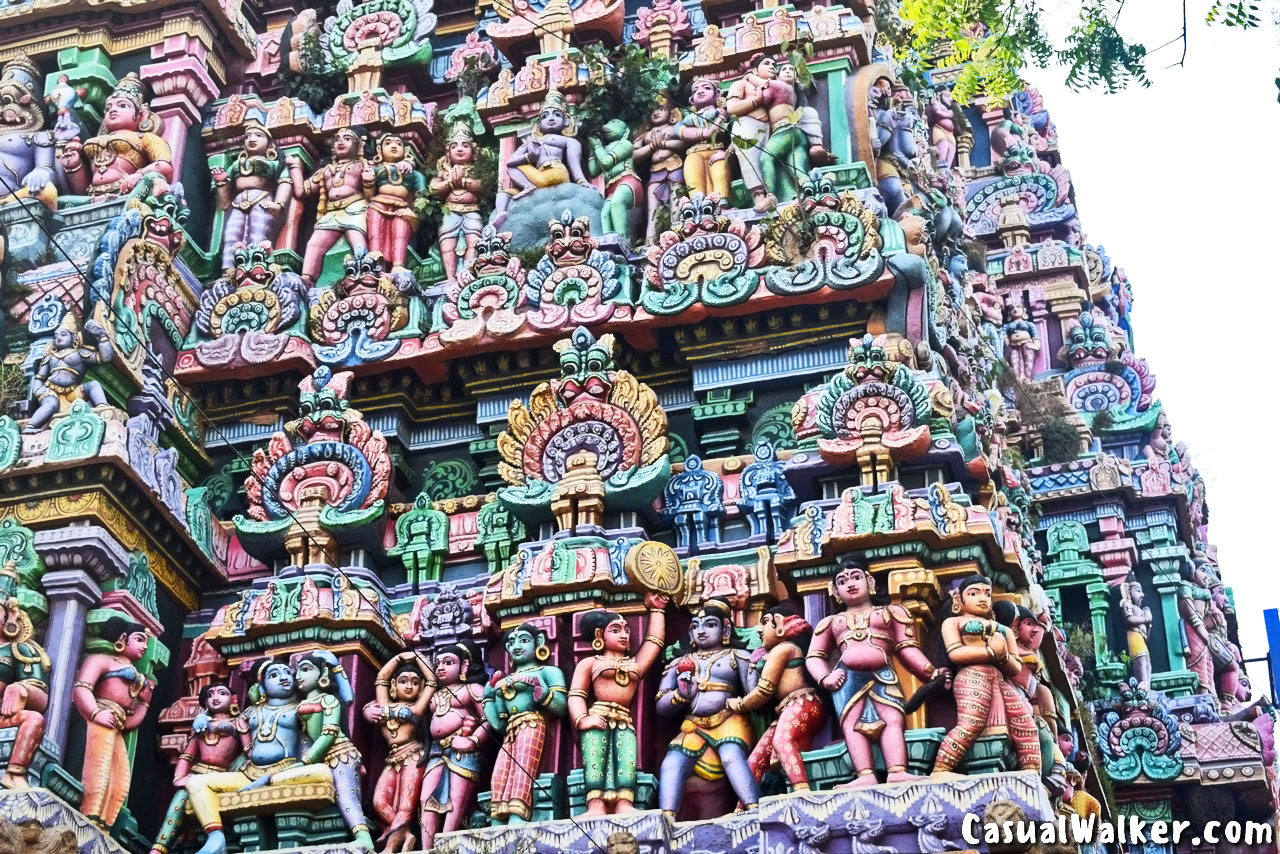
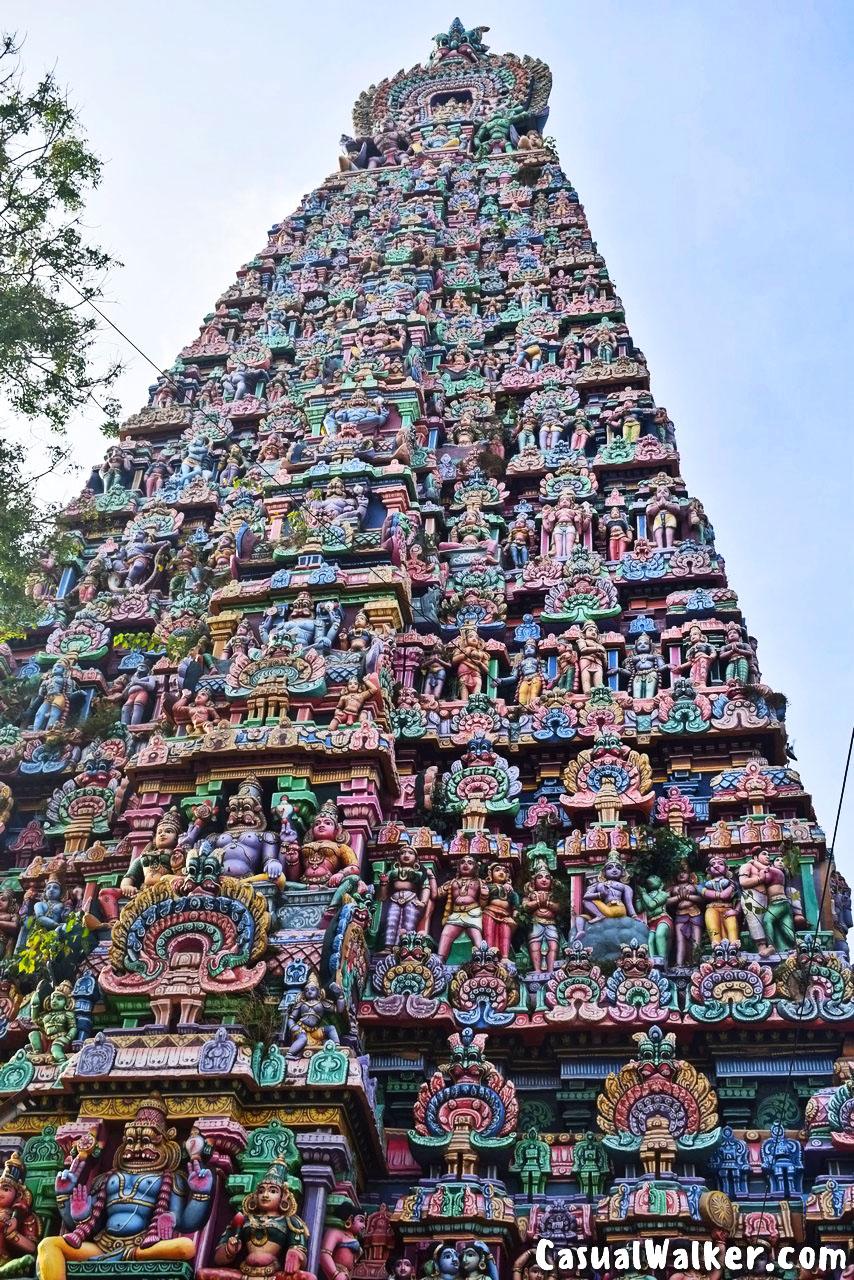
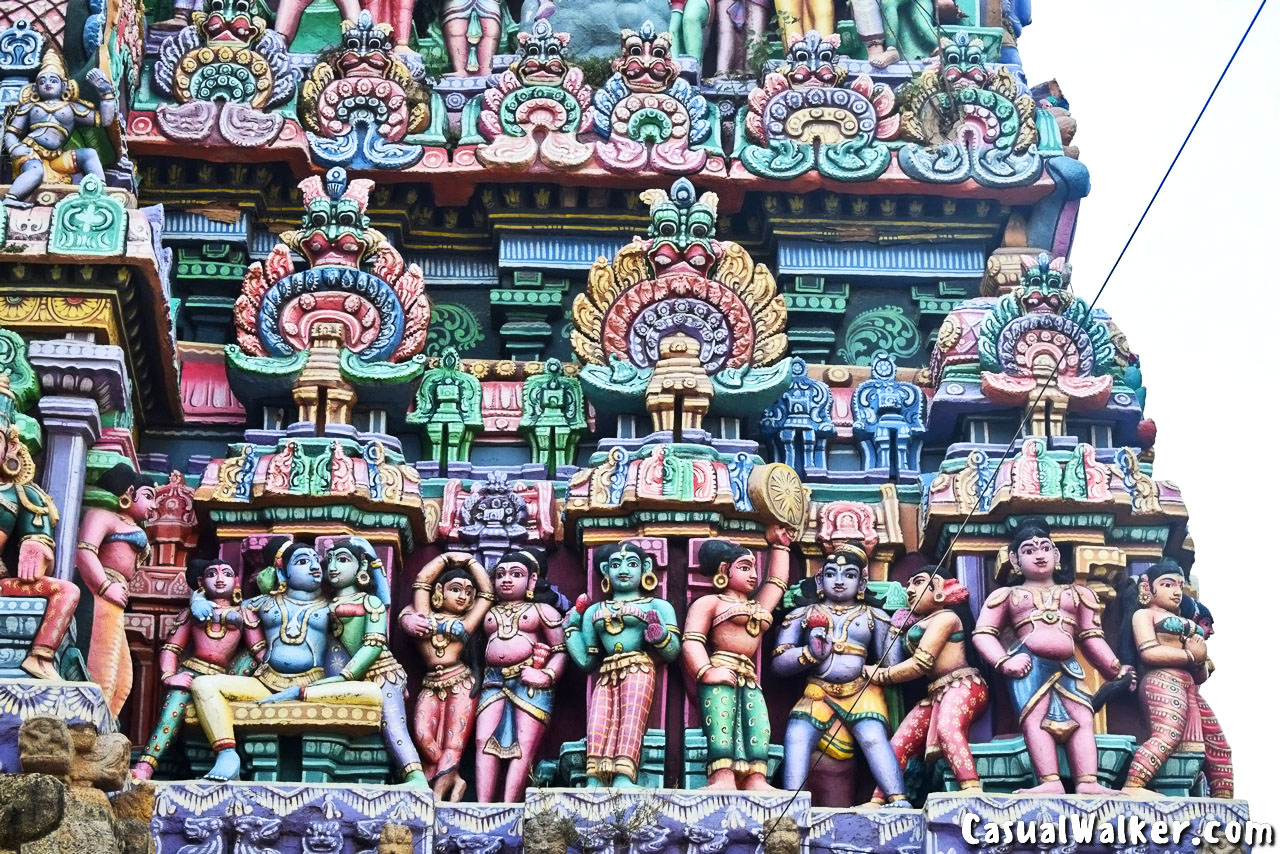
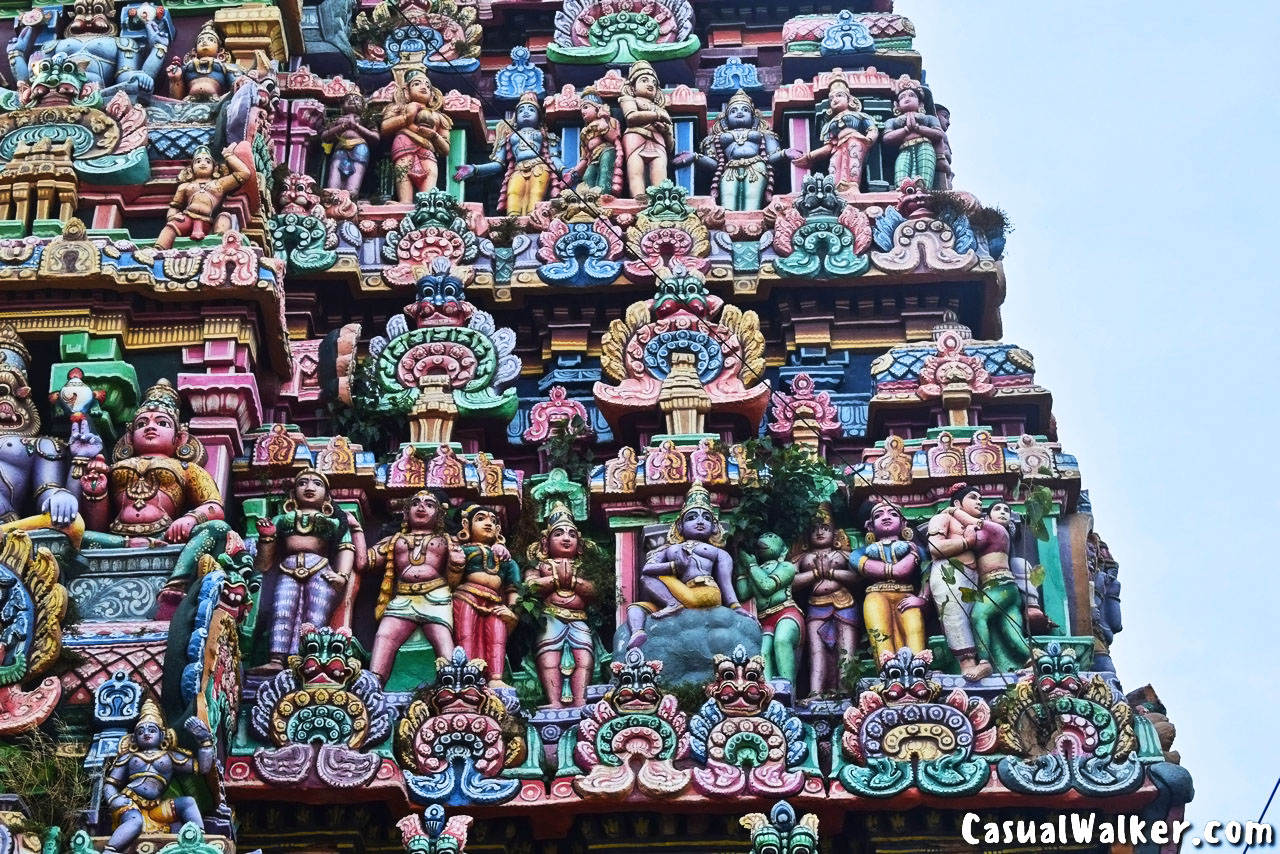
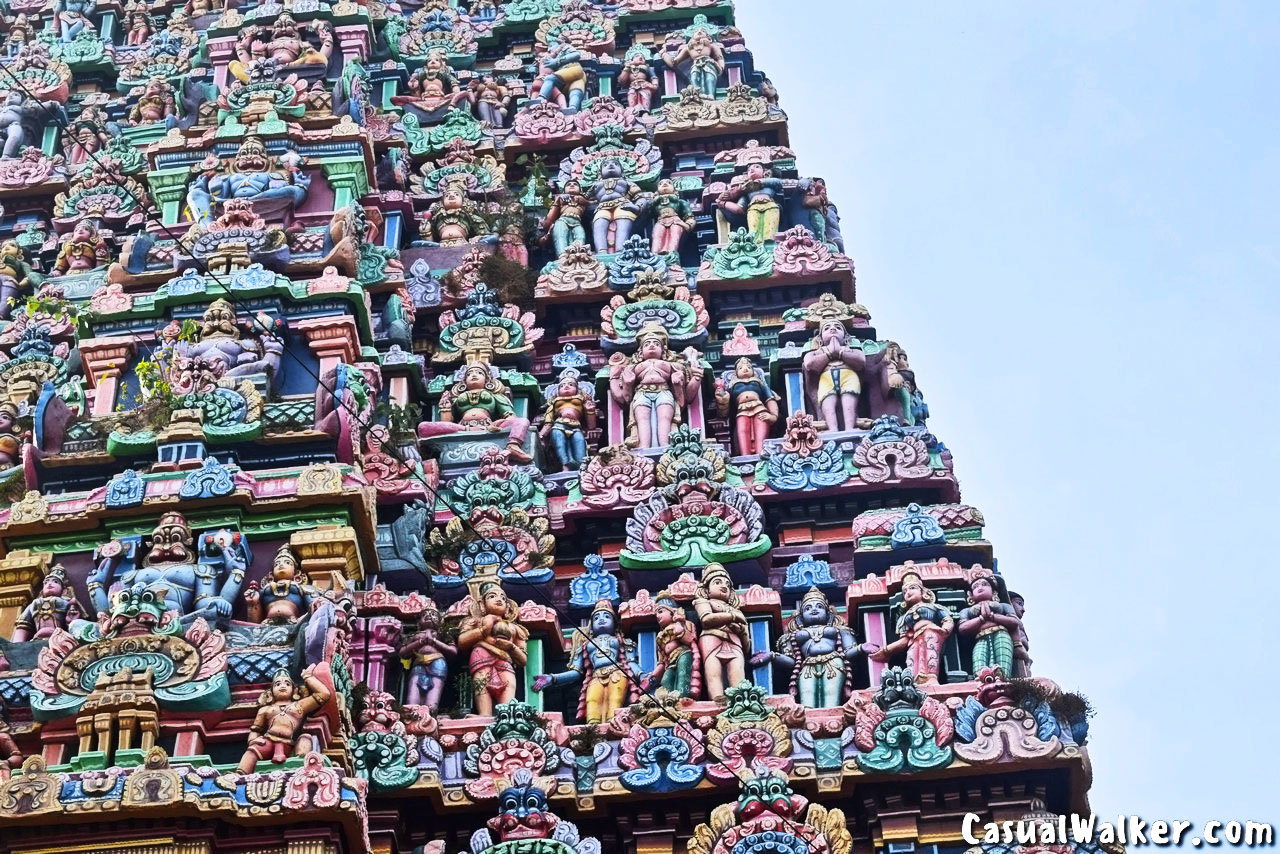
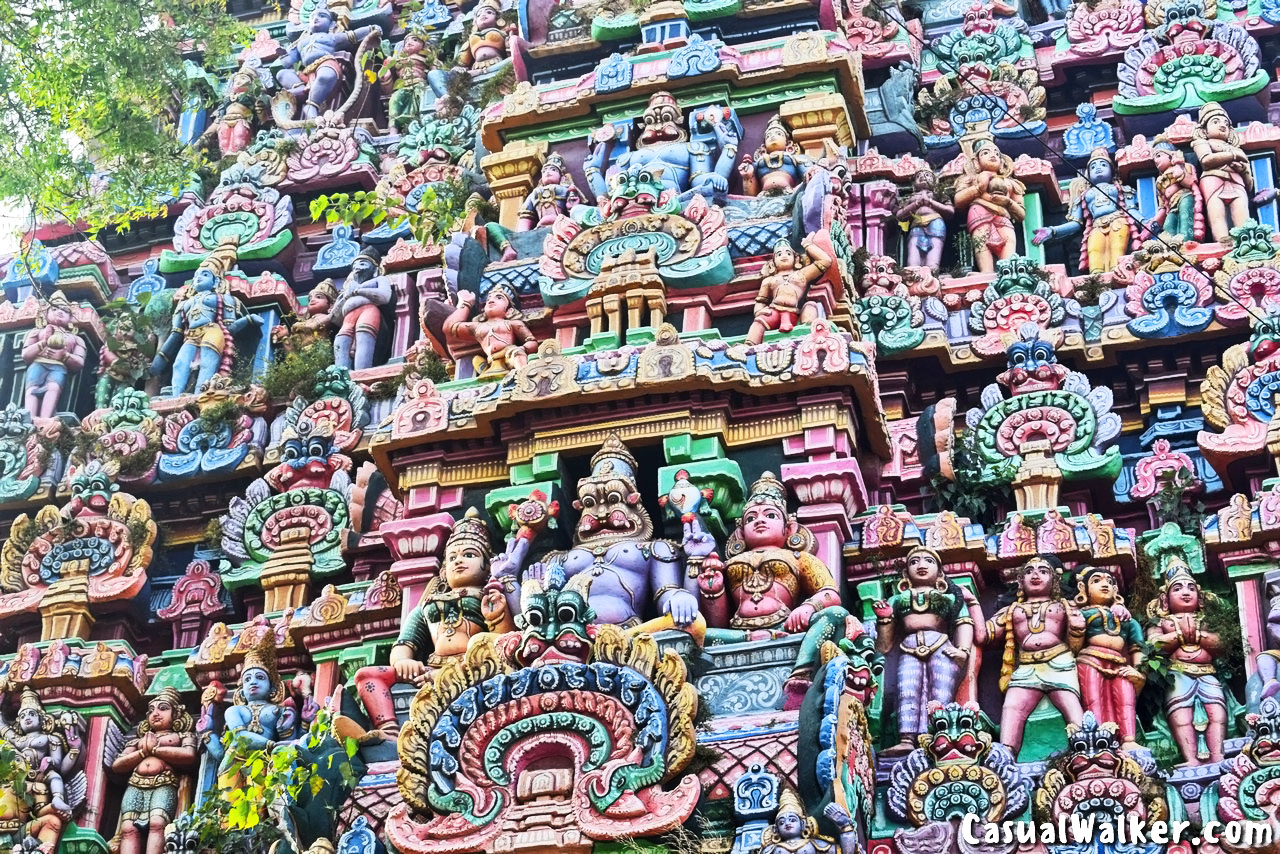
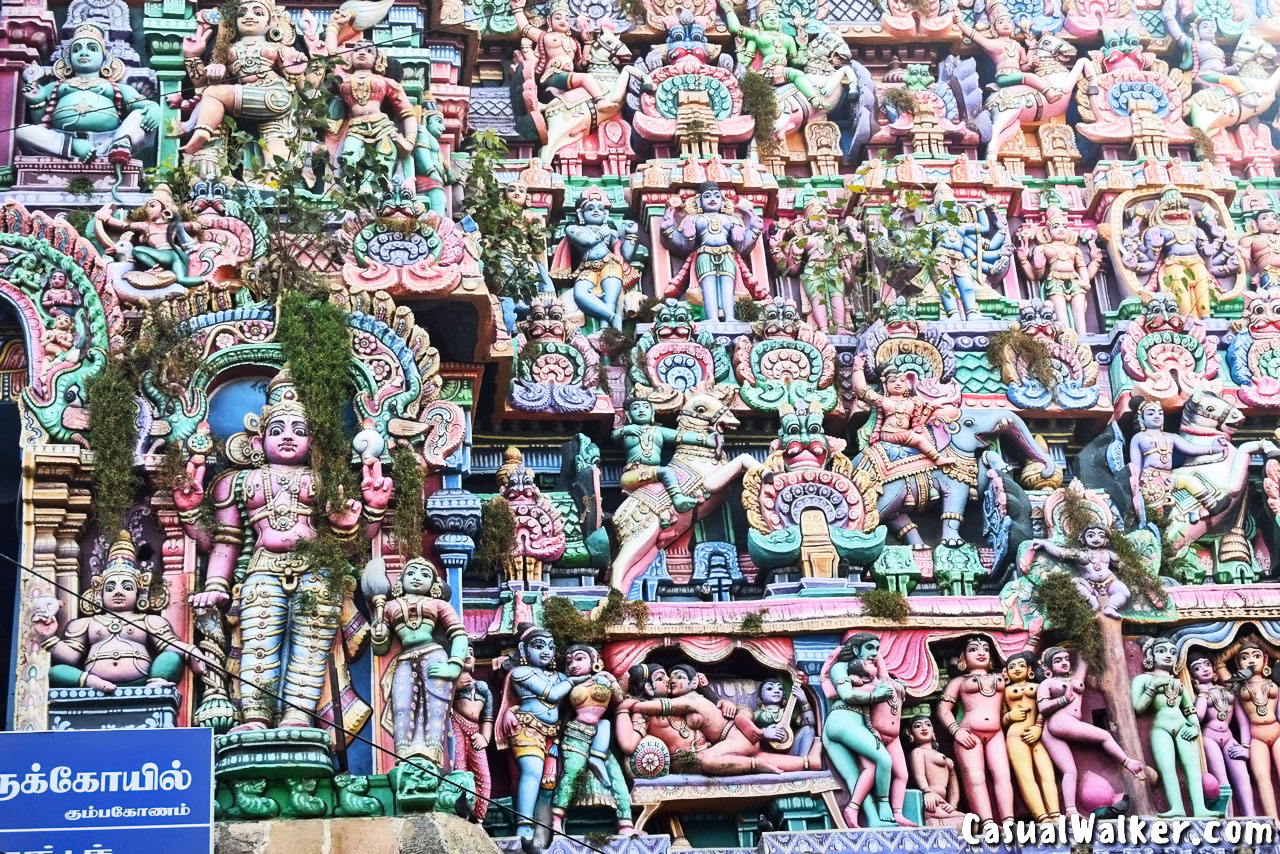
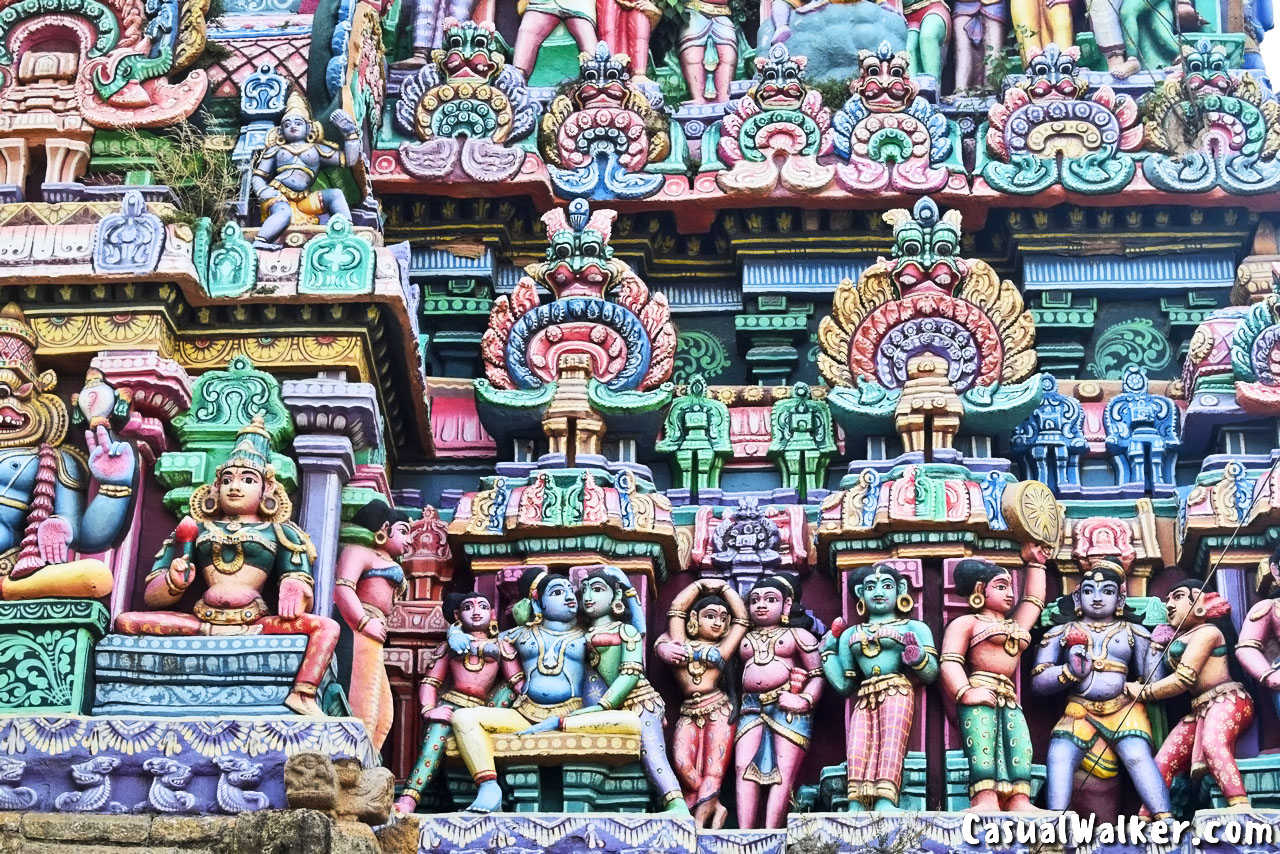
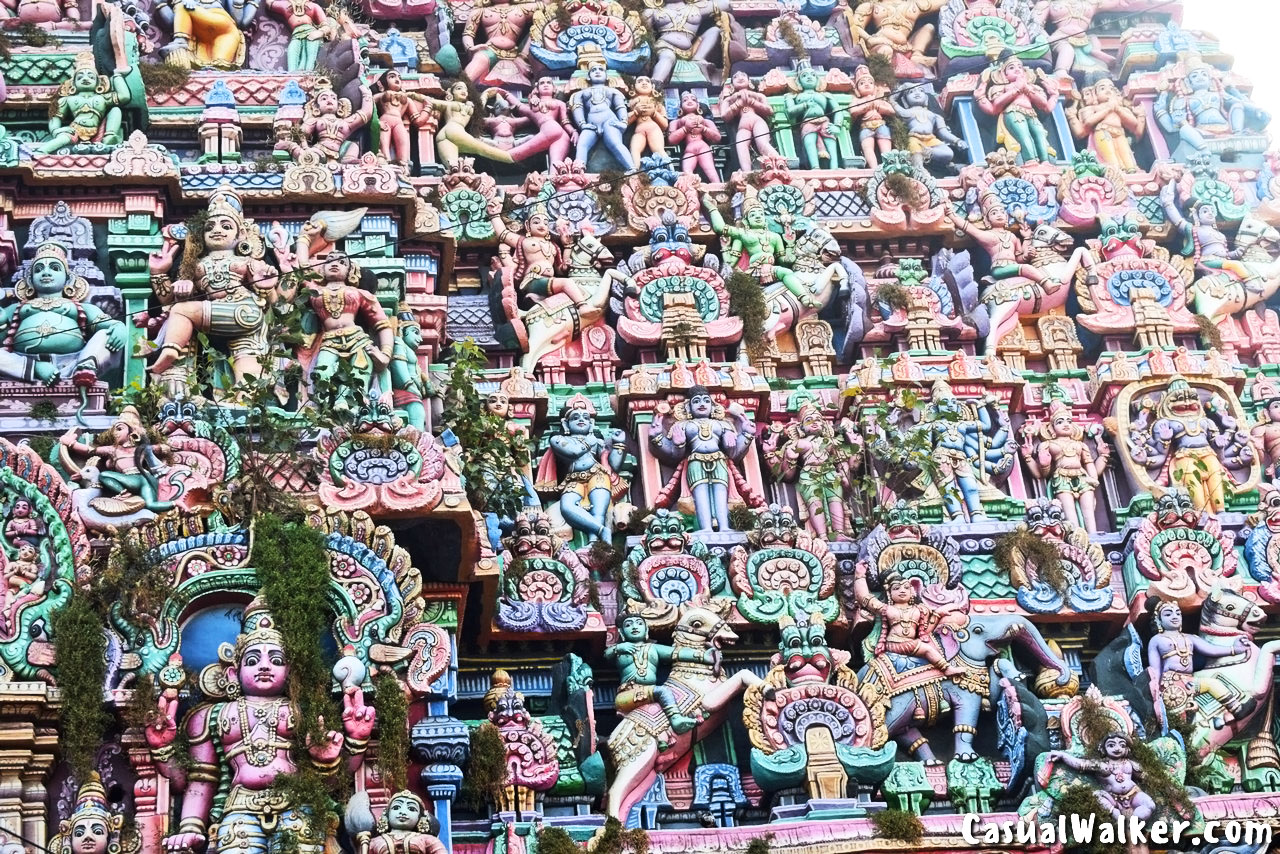
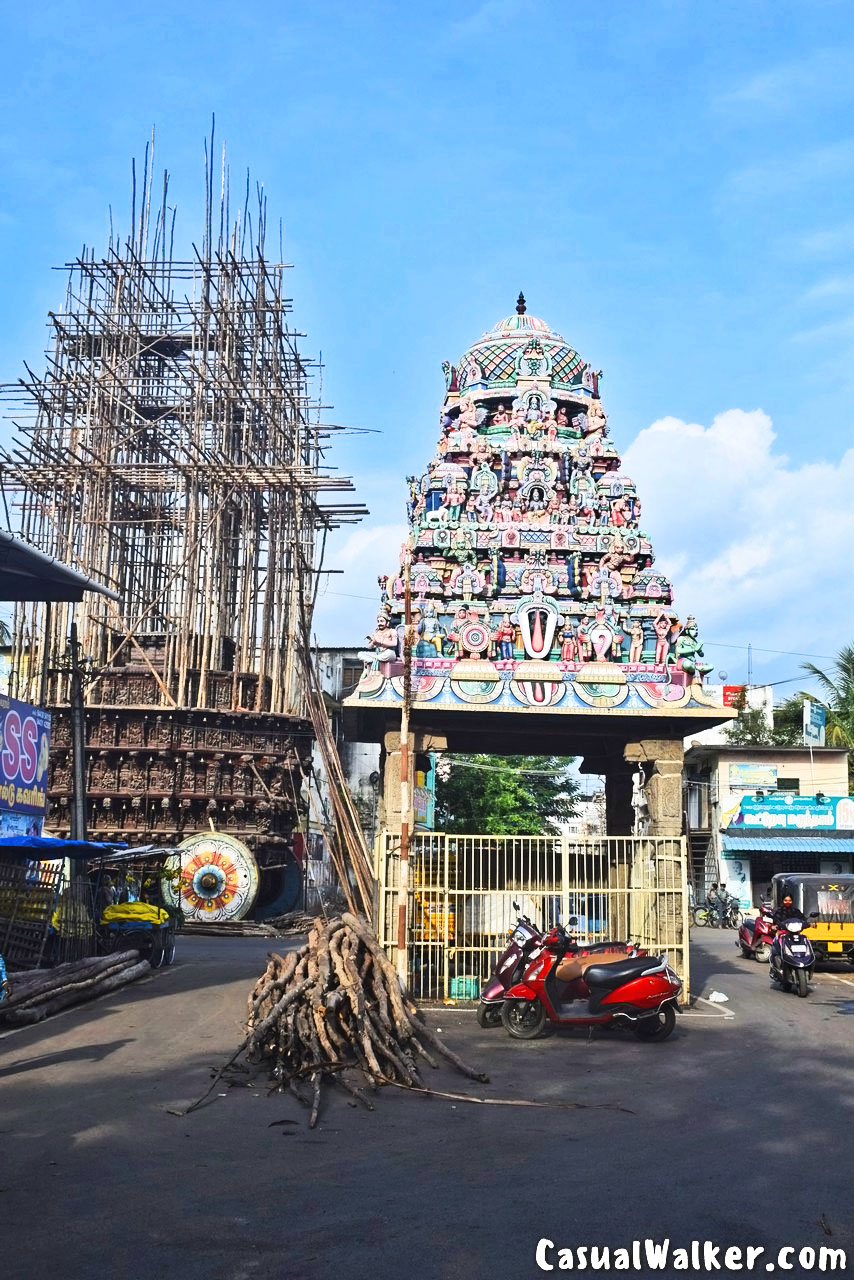
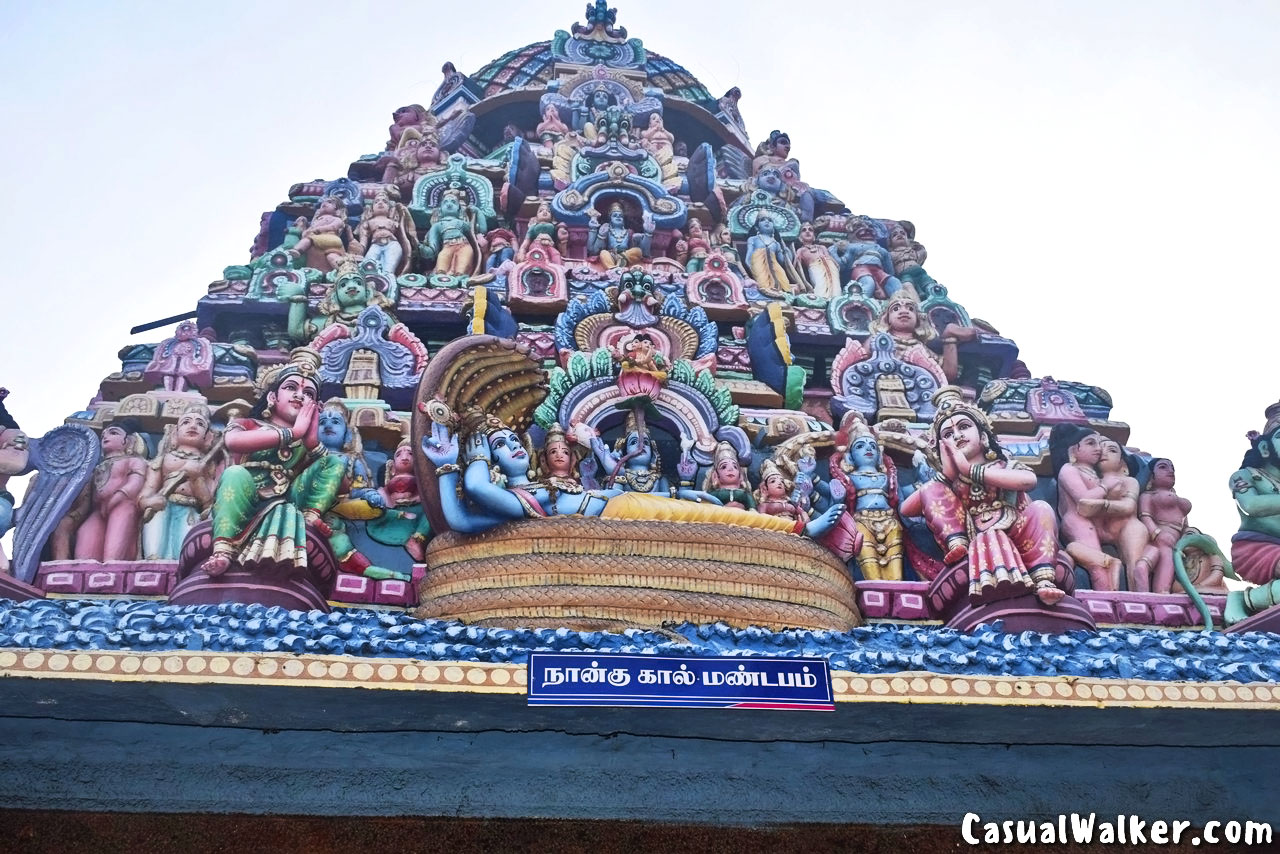
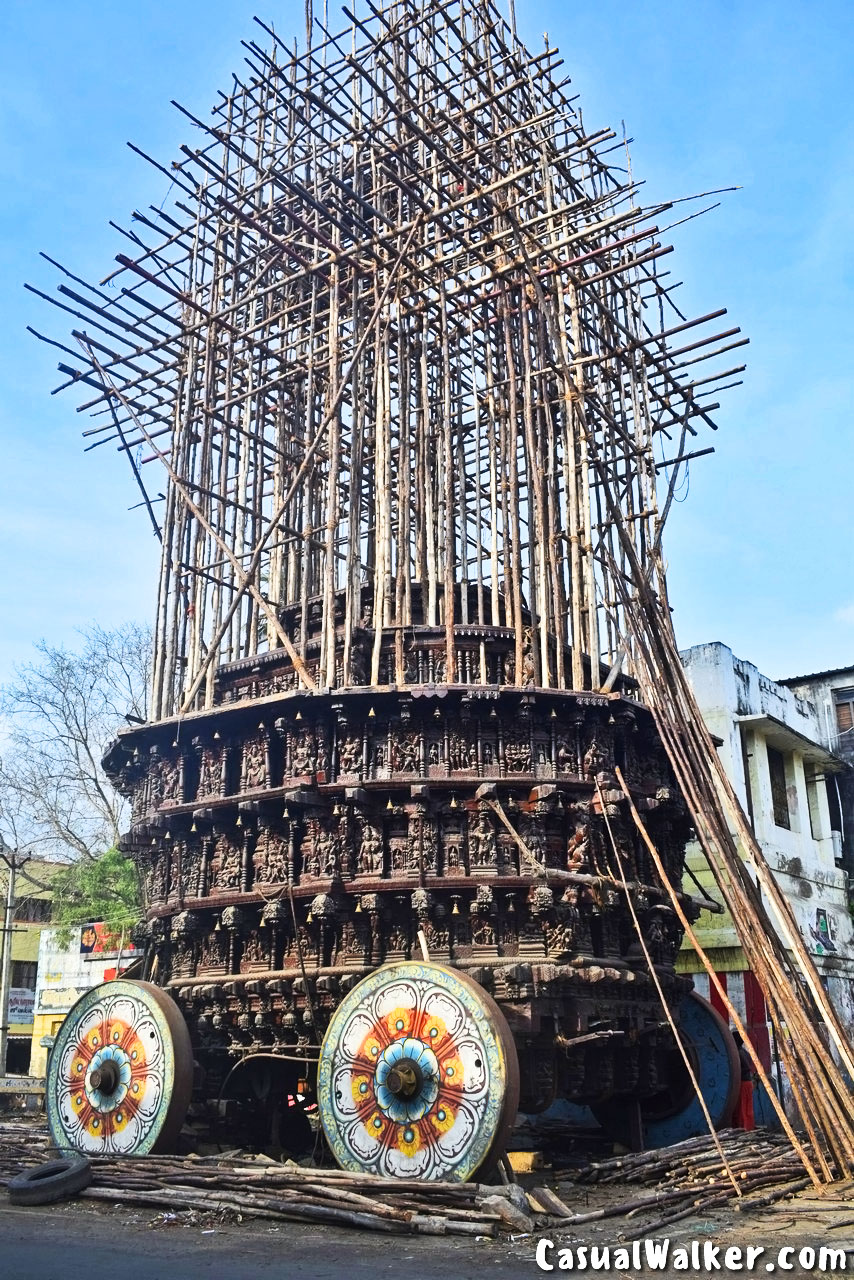
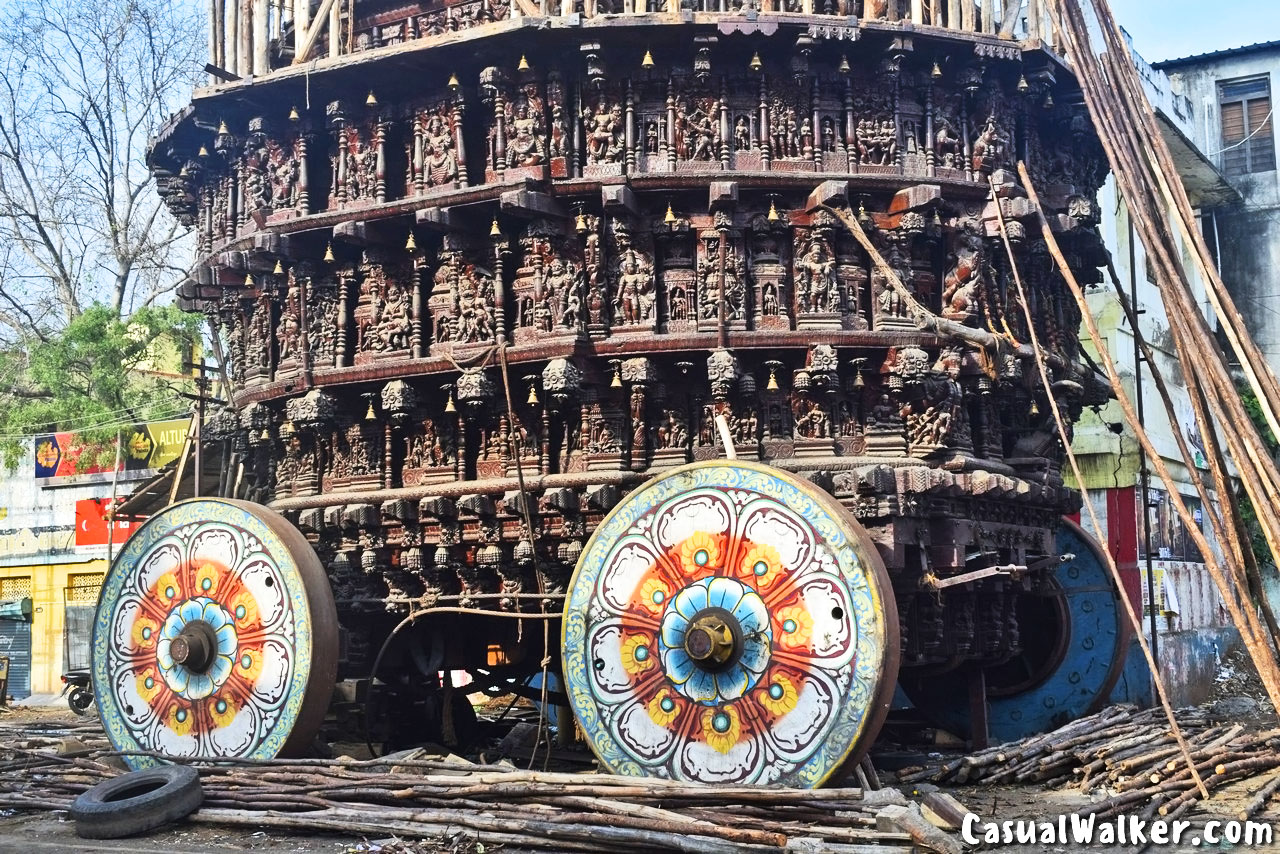
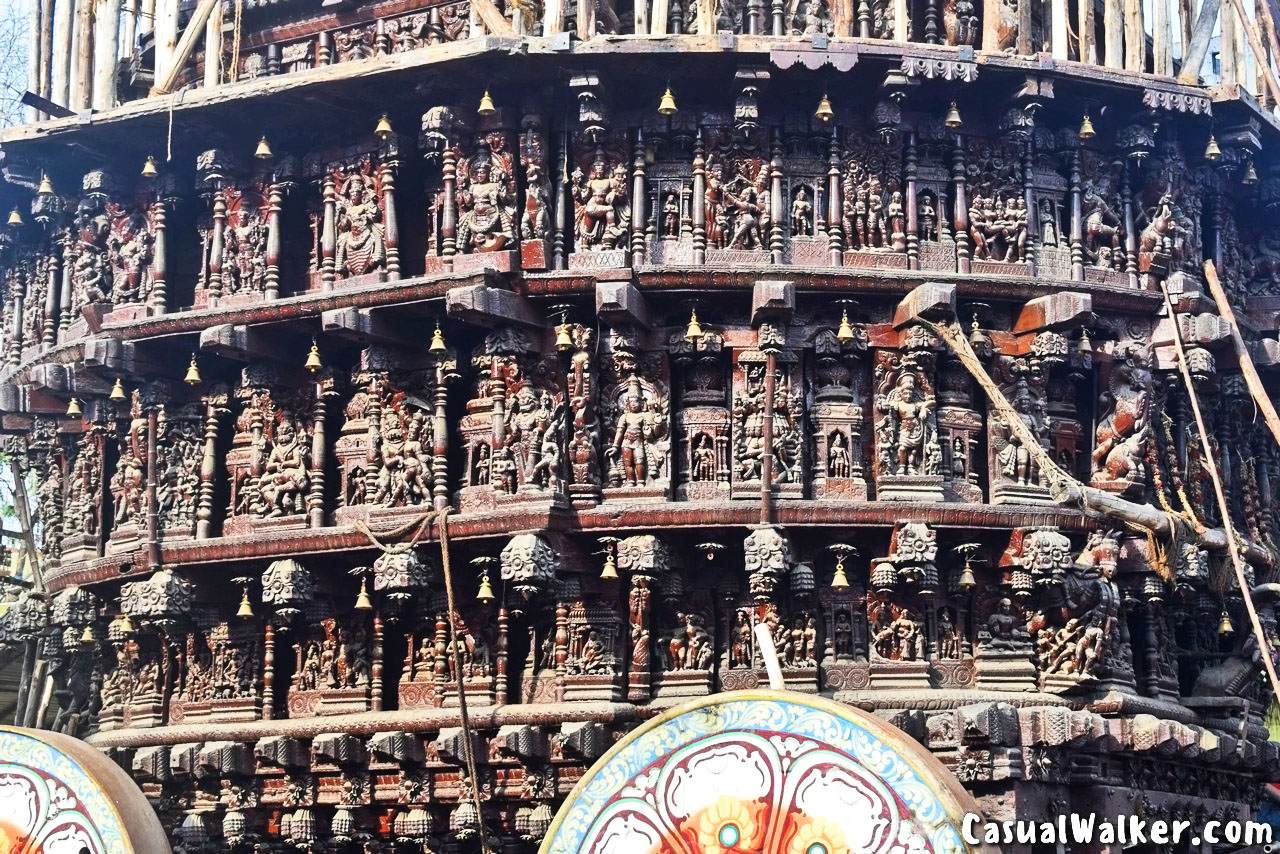


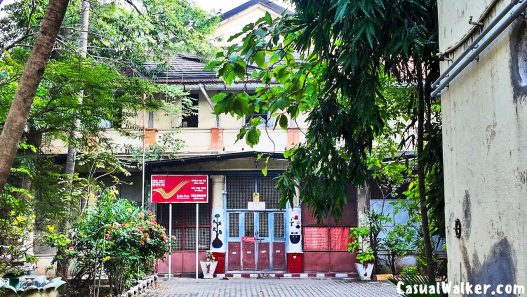

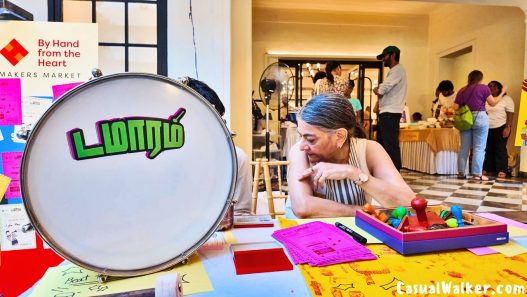

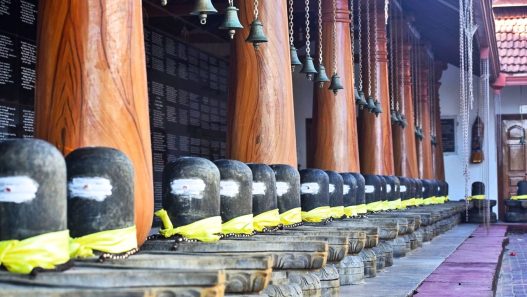

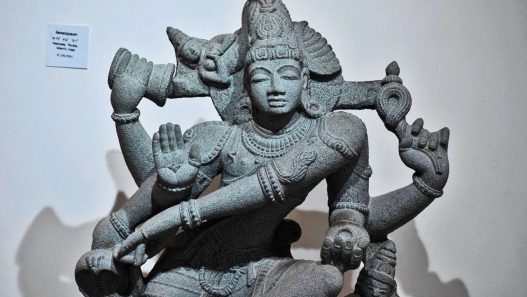
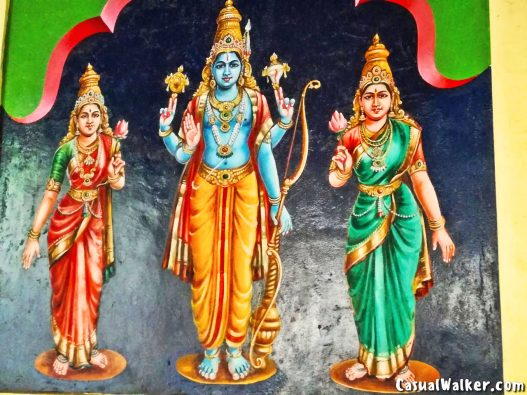

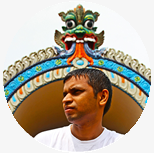















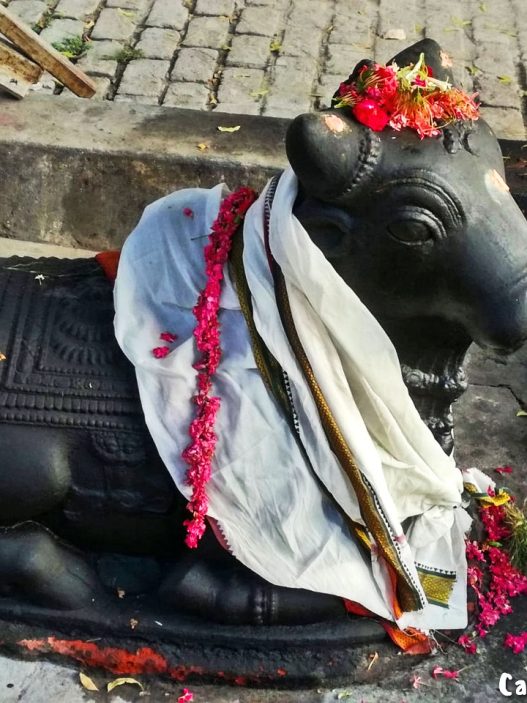
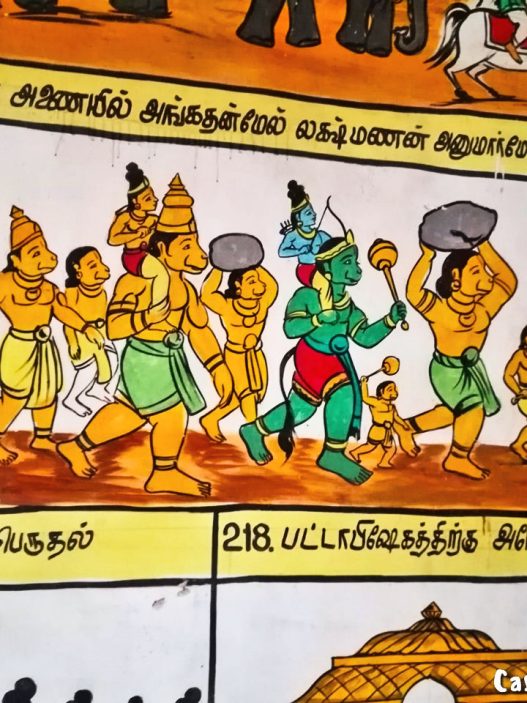
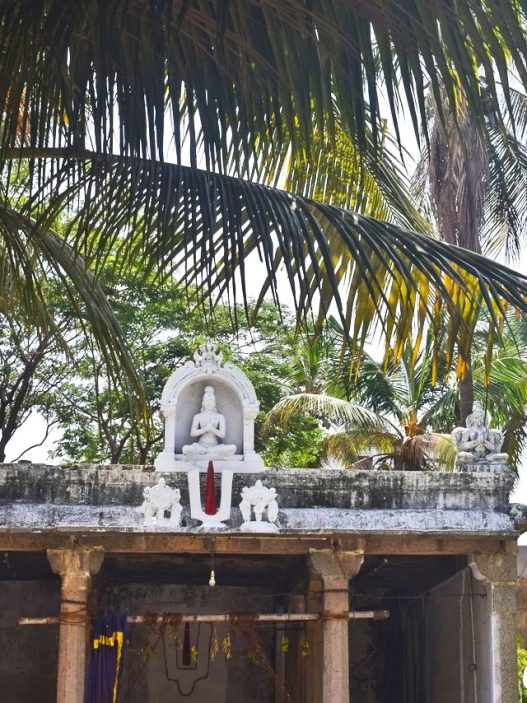

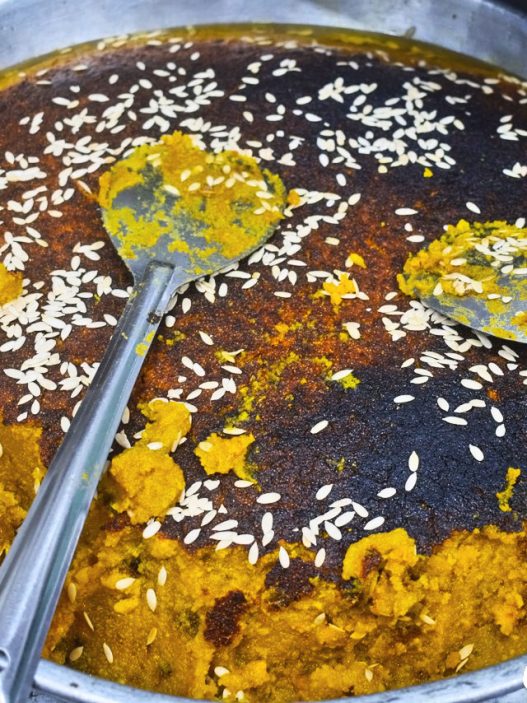
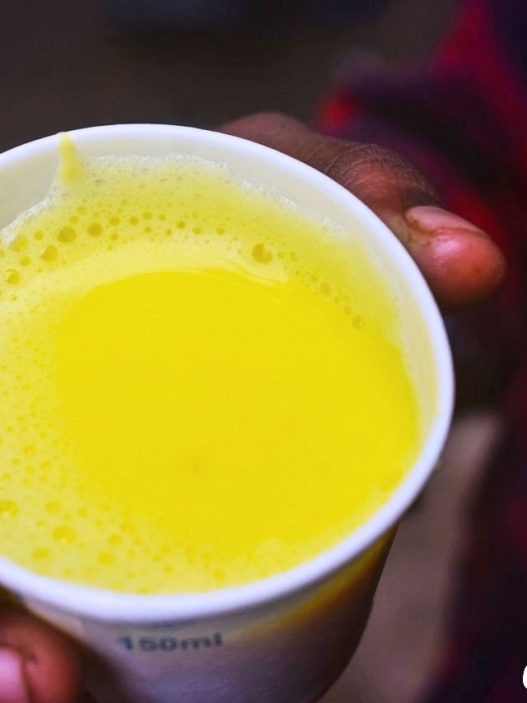

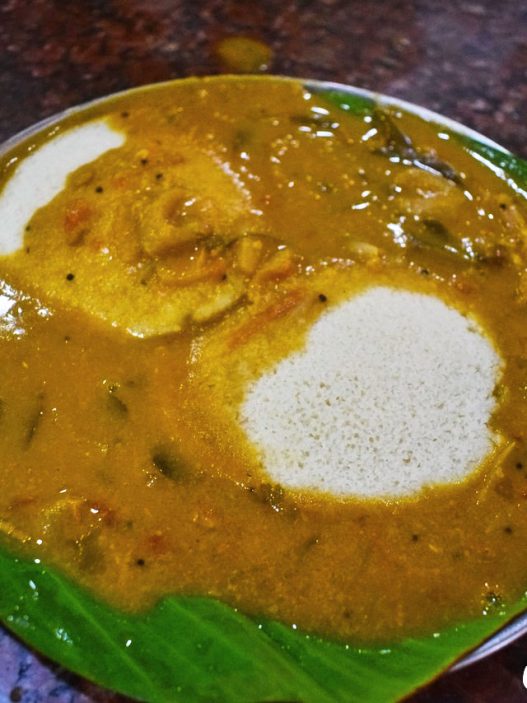
hi!,I like your writing very a lot! share we keep up a correspondence extra approximately your article on AOL? I need an expert in this area to solve my problem. Maybe that’s you! Having a look ahead to look you.
Hello there! Do you know if they make any plugins to safeguard against hackers? I’m kinda paranoid about losing everything I’ve worked hard on. Any tips?
I really enjoy looking through on this web site, it has got excellent blog posts. “One should die proudly when it is no longer possible to live proudly.” by Friedrich Wilhelm Nietzsche.
wonderful post, very informative. I wonder why the other experts of this sector do not notice this. You must continue your writing. I am confident, you’ve a great readers’ base already!
I absolutely love your blog and find nearly all of your post’s to be exactly what I’m looking for. Would you offer guest writers to write content for you? I wouldn’t mind publishing a post or elaborating on a few of the subjects you write about here. Again, awesome blog!
You made some decent points there. I looked on the internet for the subject matter and found most individuals will consent with your site.
Very interesting info !Perfect just what I was searching for! “Energy is the power that drives every human being. It is not lost by exertion by maintained by it.” by Germaine Greer.
great issues altogether, you just gained a new reader. What could you suggest in regards to your put up that you simply made some days in the past? Any positive?
Thank you for sharing superb informations. Your website is very cool. I am impressed by the details that you have on this site. It reveals how nicely you understand this subject. Bookmarked this web page, will come back for more articles. You, my pal, ROCK! I found simply the info I already searched everywhere and just couldn’t come across. What an ideal website.
Its wonderful as your other content : D, regards for posting. “Reason is the substance of the universe. The design of the world is absolutely rational.” by Georg Wilhelm Friedrich Hegel.
Great write-up, I?¦m normal visitor of one?¦s web site, maintain up the excellent operate, and It is going to be a regular visitor for a lengthy time.
Some genuinely nice stuff on this internet site, I love it.
Its superb as your other blog posts : D, appreciate it for posting.
https://t.me/s/IZZI_officials
Insightful as always
Well explained
You completed several fine points there. I did a search on the theme and found the majority of people will have the same opinion with your blog.
Helpful information. Fortunate me I found your site by chance, and I’m shocked why this accident didn’t took place earlier! I bookmarked it.
Die Noten können im Musikladen gegen Bonusgeld eingetauscht werden, wodurch
die Spieler zusätzliche Belohnungen für ihre Aktivitäten erhalten.
Ein wöchentliches Turnier, das sich auf bestimmte Automatenspiele konzentriert.
Spieler können Punkte sammeln, indem sie auf ausgewählte Roulettespiele wie Mega Fire Blaze Roulette und Lucky Ball Roulette wetten. Die Freispiele werden automatisch für das Spiel Detective Fortune gutgeschrieben, sobald die
jeweilige Einsatzebene erreicht ist. Die Spiele bei Mr.Pacho werden von einigen der
vertrauenswürdigsten Namen in der online-Gaming-Industrie geliefert.
Die mobile Plattform unterstützt iOS (ab Version 12.0) und Android (ab Version 8.0) Geräte und bietet
Ladezeiten von unter 3 Sekunden. Die responsive Website passt sich automatisch an verschiedene Bildschirmgrößen an und bietet die gleiche Qualität wie
die Desktop-Version. Die mobile Version von mr pacho ist vollständig optimiert für Smartphones und Tablets.
Hier finden Sie 8 Tipps für das Schreiben von Bewertungen. Wenn Sie
spezielle Fragen haben oder Hilfe bei Ihren Auszahlungen benötigen, zögern Sie
bitte nicht, unser Support-Team per E-Mail oder Live-Chat zu kontaktieren.Wir sind bestrebt, allen unseren Spielern ein lohnendes
und angenehmes Erlebnis zu bieten. Einige Methoden bieten möglicherweise schnellere Transaktionen als andere.
Aber dafür bekommt man öfters einen Geldbonus aber natürlich gewinnt man damit auch nichts Zu
hören, dass Sie sich gut unterstützt gefühlt haben, inspiriert uns, weiterhin den bestmöglichen Service zu
bieten.
References:
https://online-spielhallen.de/rizk-casino-bonus-code-alle-wichtigen-details-fur-deutsche-spieler/
https://t.me/kazino_s_minimalnym_depozitom/16
Good site! I truly love how it is simple on my eyes and the data are well written. I’m wondering how I could be notified when a new post has been made. I have subscribed to your RSS feed which must do the trick! Have a great day!
Great – I should definitely pronounce, impressed with your website. I had no trouble navigating through all the tabs as well as related info ended up being truly simple to do to access. I recently found what I hoped for before you know it at all. Reasonably unusual. Is likely to appreciate it for those who add forums or something, web site theme . a tones way for your customer to communicate. Nice task.
Its like you read my thoughts! You seem to know so much about this, such as you wrote the e-book in it or something. I believe that you simply can do with some percent to drive the message home a little bit, however other than that, this is great blog. An excellent read. I will definitely be back.
I’m really enjoying the design and layout of your blog. It’s a very easy on the eyes which makes it much more pleasant for me to come here and visit more often. Did you hire out a developer to create your theme? Great work!
Skycrown casino is well optimized for mobile browsers.
Visually, it’s one of the most stylish casinos I’ve ever seen. The link alone makes it obvious this isn’t the real casino.
I contacted support three times and only got vagu…
It pretends to be a legitimate casino, but
the moment you try to play or register, it forwards you to another site that’s clearly untrustworthy.
At first, it looks real — same colors, same logo — but once you deposit,
things start to go wrong.
High rollers are also catered for with special monthly bonuses and tailored rewards.
Offers competitive bonuses and lightning-fast cryptocurrency payouts.
By following safe play habits and reaching out for help when needed, you can make
sure your experience stays positive and balanced. A good casino responds fast, solves
issues clearly, and provides transparent bonus terms.
The best sites, like SkyCrown, are fully optimised for Android and iOS, with pokies and payments working
smoothly in mobile browsers.
That being said, signing up is easy, and you’ll
be playing demos or real money games in no time. The SkyCrown online casino has partnered with leading developers to
deliver a real punch of a casino game list. Regular
cashback bonuses, free spins, and personalized offers for VIP players Skycrown Casino supports
various methods for both deposits and withdrawals,
making it accessible to players with different preferences.
At Skycrown Online Casino, live dealer games provide an immersive experience that
closely replicates the atmosphere of a physical casino.
New players at Skycrown Casino can claim up to A$4,000 in bonuses across their first five deposits.
References:
https://blackcoin.co/optimal-bluffing-strategy-in-poker/
Free professional educational courses for online casino employees
aimed at industry best practices, improving
player experience, and fair approach to gambling. The Complaints
Team intervened by contacting the casino to address the technical issues affecting the player’s VIP progress and bonuses.
The player from Australia was unable to receive any main bonuses due to an allegedly high bonus rate, despite
having made significant deposits without bonuses. In many situations, these are high enough to not affect most players, but some casinos
impose win or withdrawal limitations that can be fairly restrictive.
Many online casinos have clear limits on how much
players can win or withdraw. Player complaints play an important part in our
casino review methodology, as they give us a clear insight
into issues experienced by players and casinos’ way of
handling them.
Each provider offers dozens of live tables with a wide range of betting limits, from just a
few EUR per hand to thousands of EUR for VIP and high-roller players.
There are frequent events, free spins, and attractive bonuses, making it an ideal choice for players who enjoy grinding
slots and love trying new things. This is a loyalty rewards
program where players earn Comp Points (CPs) by playing with real money
in the SLOTS or LIVE casino sections.
We were delighted with the heterogeneity and quality
of the real money casino games present in the lobby, and truly believe that every
Aussie will find a game according to their taste.
Here, the casino offers numerous subgroups based on some inherent features
of the games, such as the theme, volatility, and similar.
Moreover, players from Australia have a shortcut to the registration process, with
the option to enter their details and click on the indigo ‘Sign Up’ button included in the banner.
References:
https://blackcoin.co/ultimate-guide-to-online-casinos/
best online casino usa paypal
References:
https://dfc1318.kr/
paypal online casinos
References:
https://icmimarlikdergisi.com/kariyer/companies/best-real-money-online-casinos-that-accept-paypal-payments/